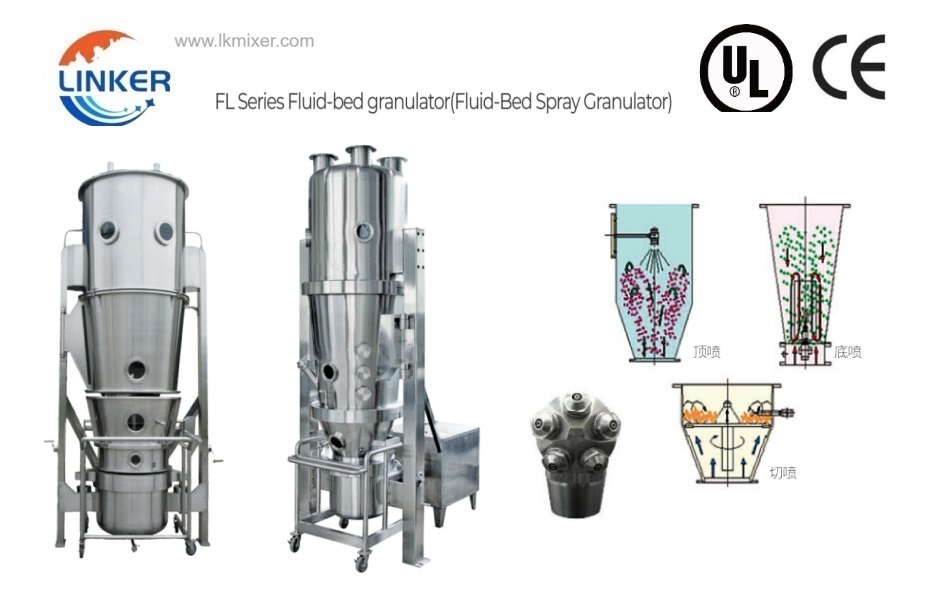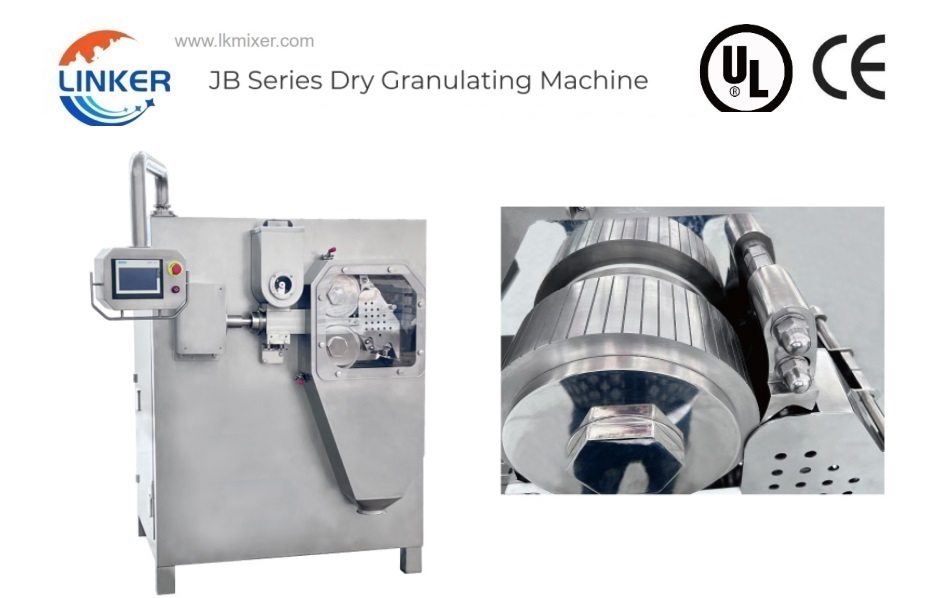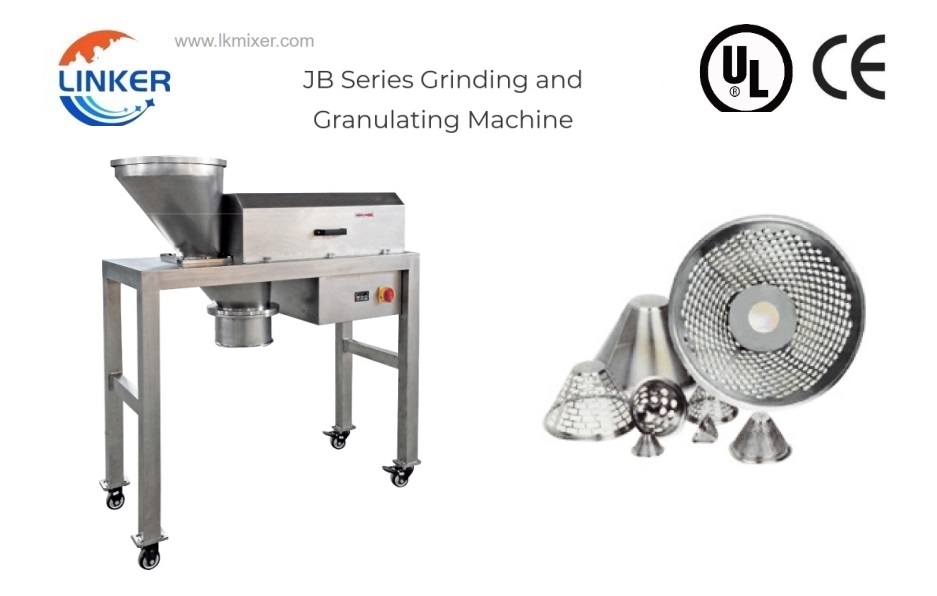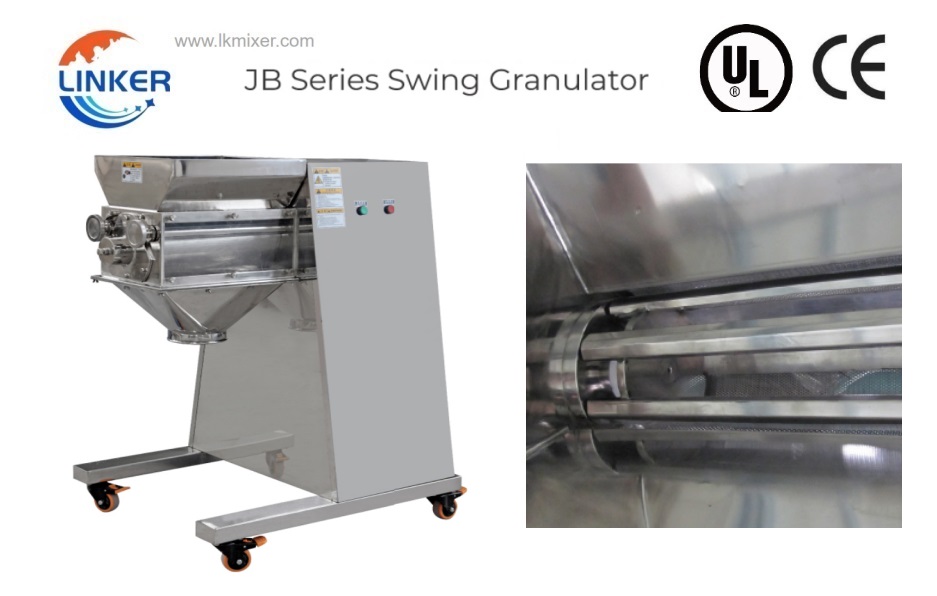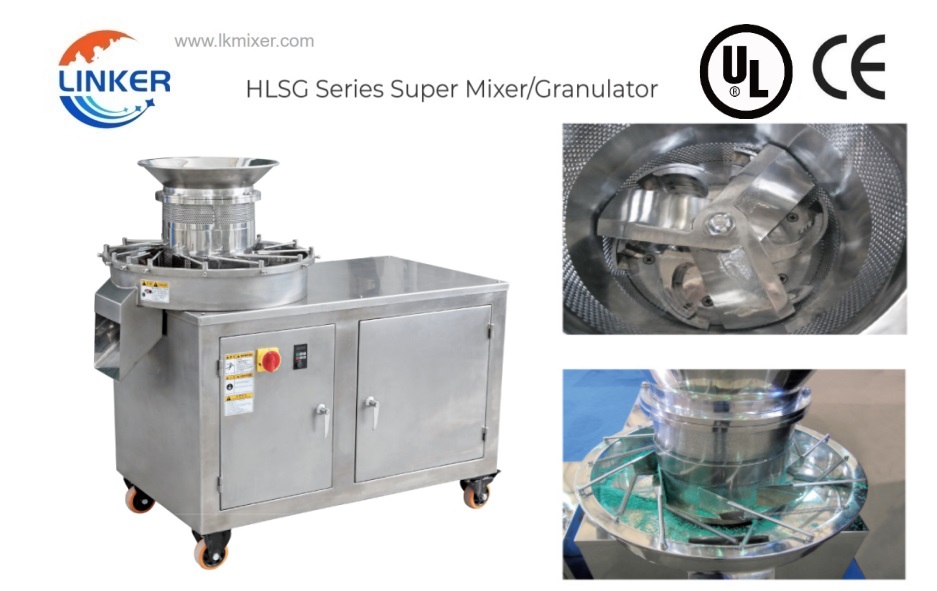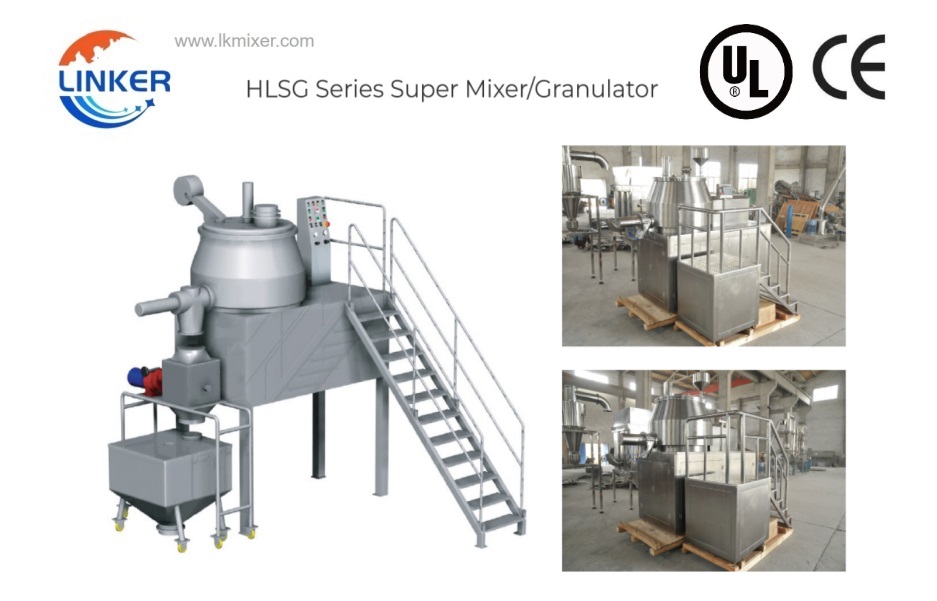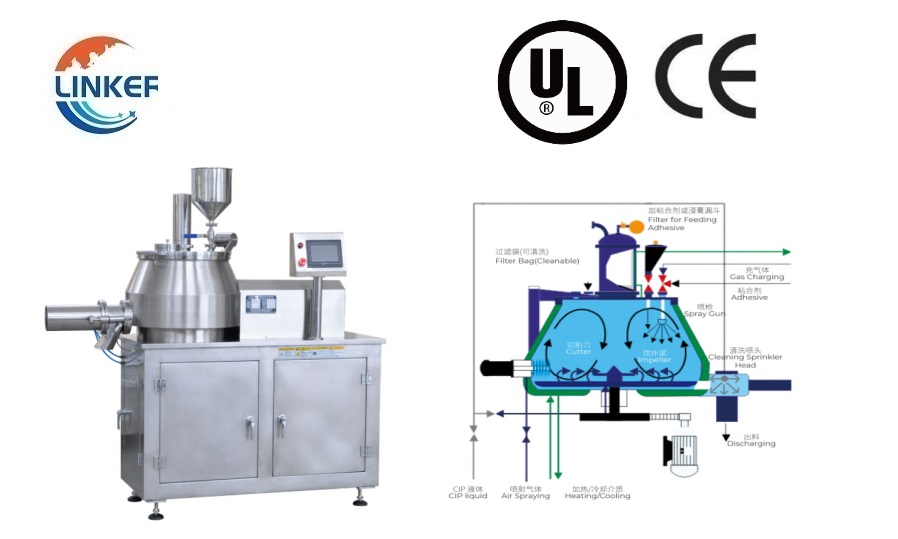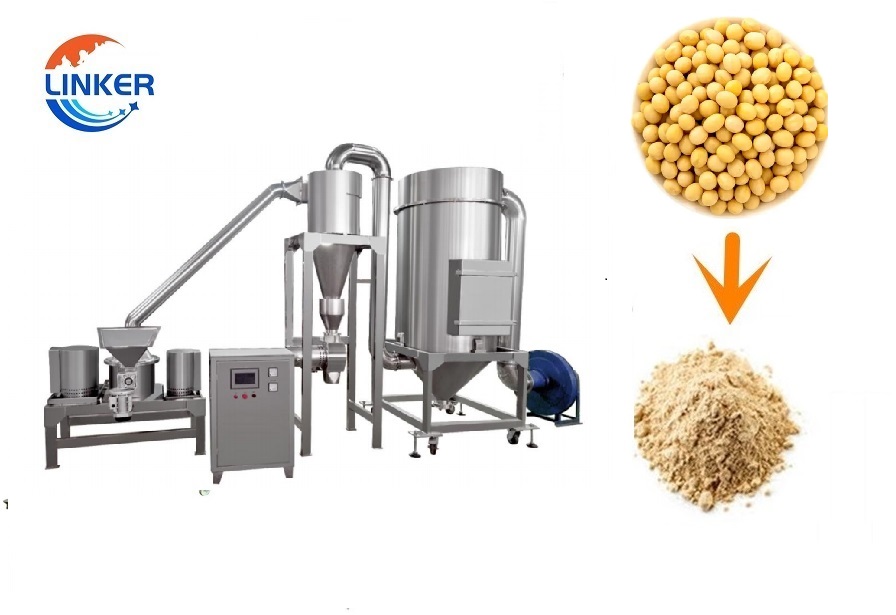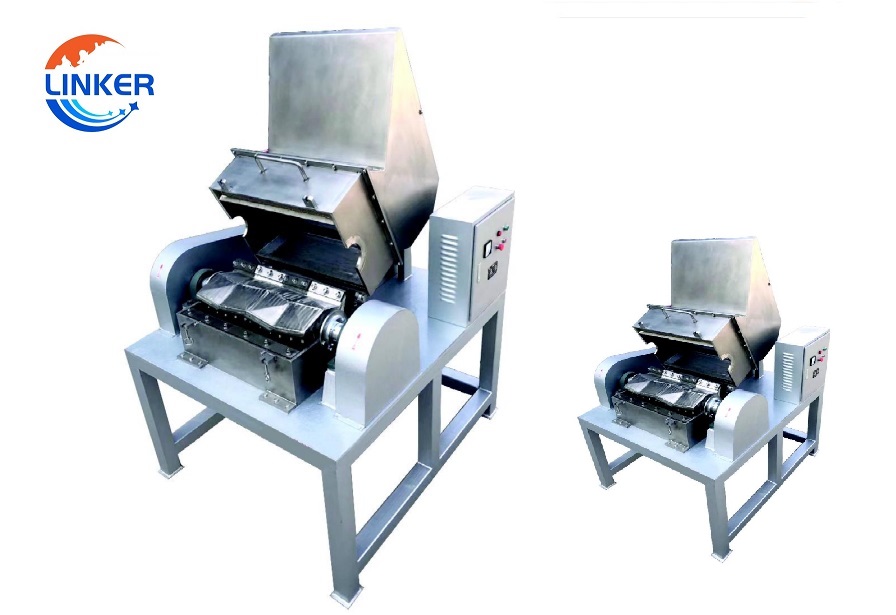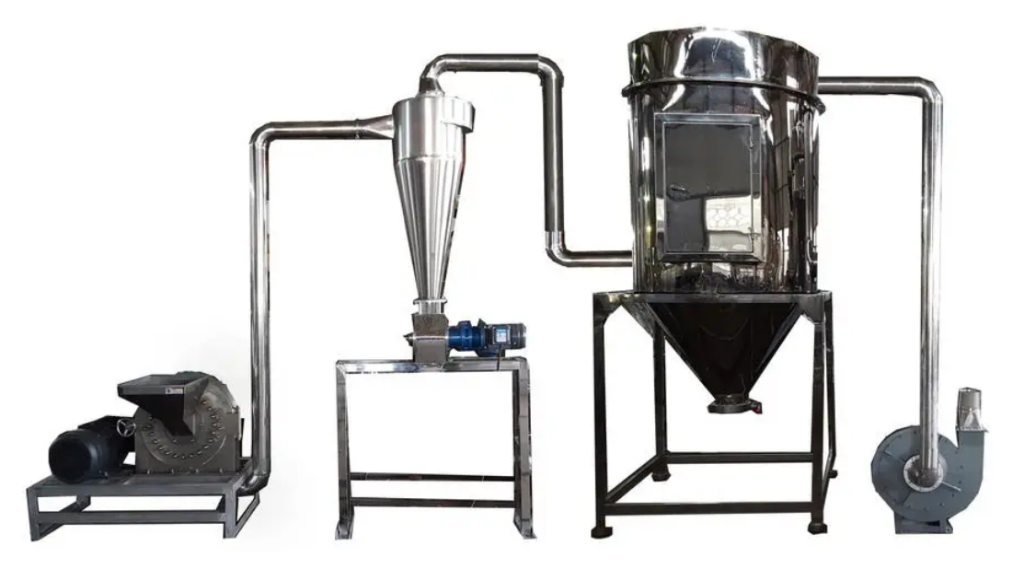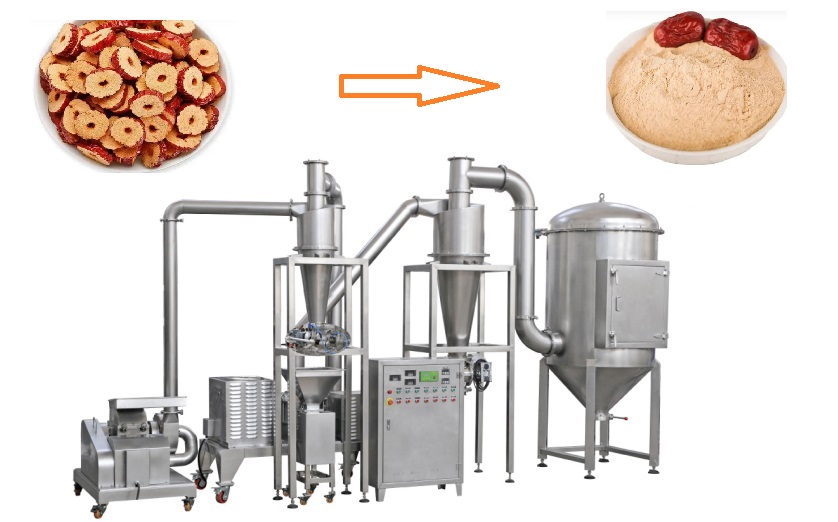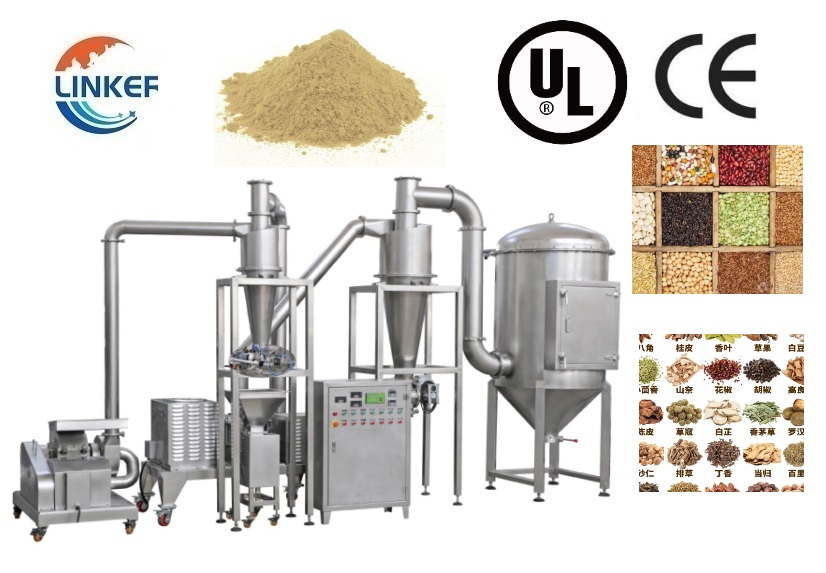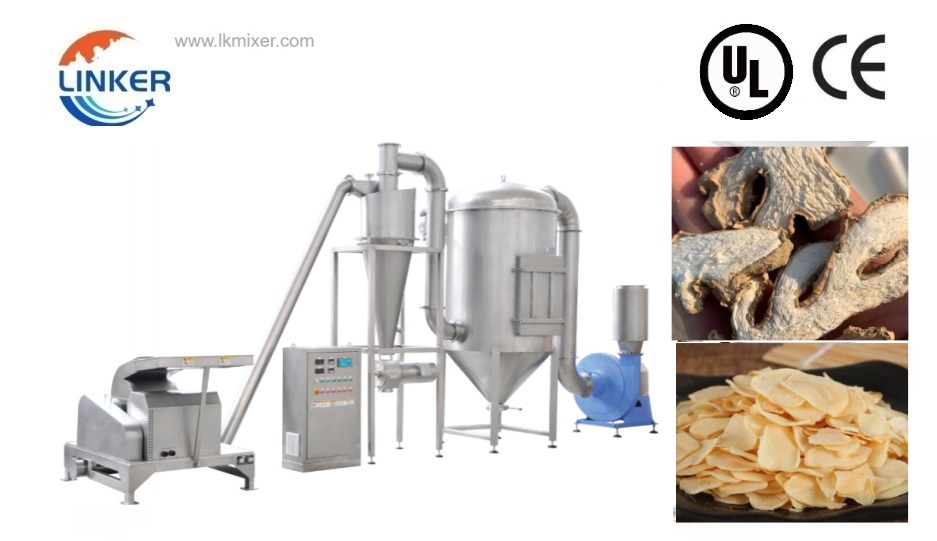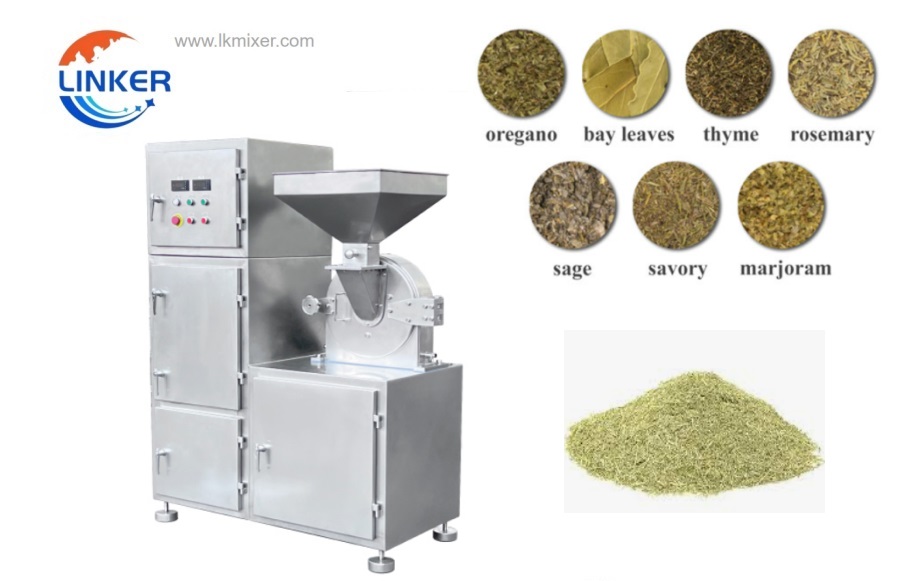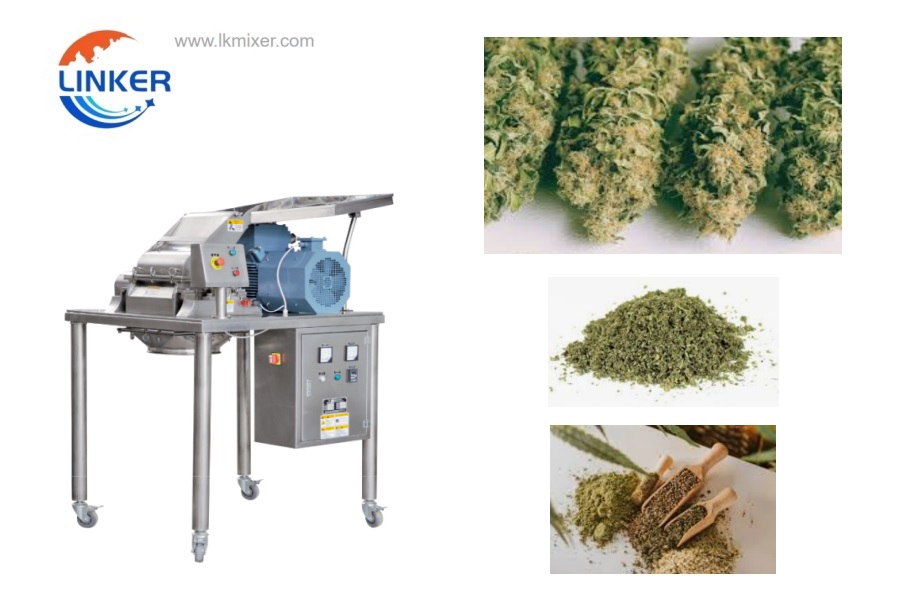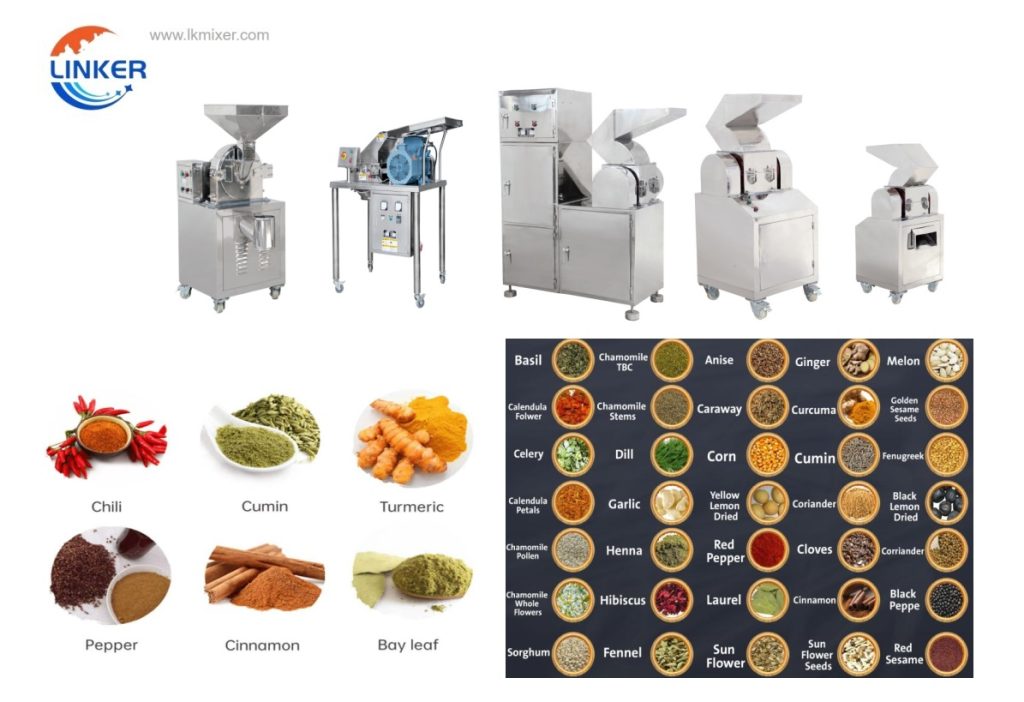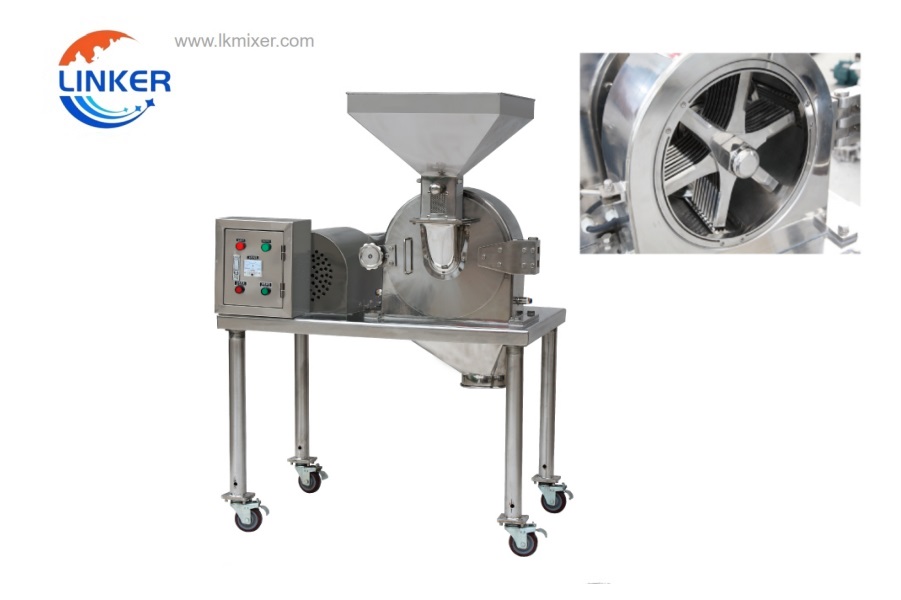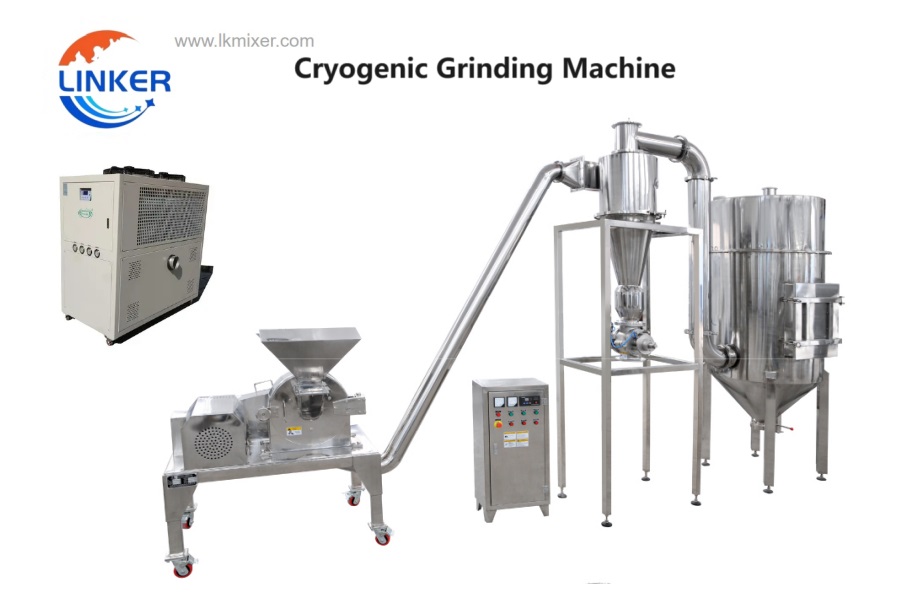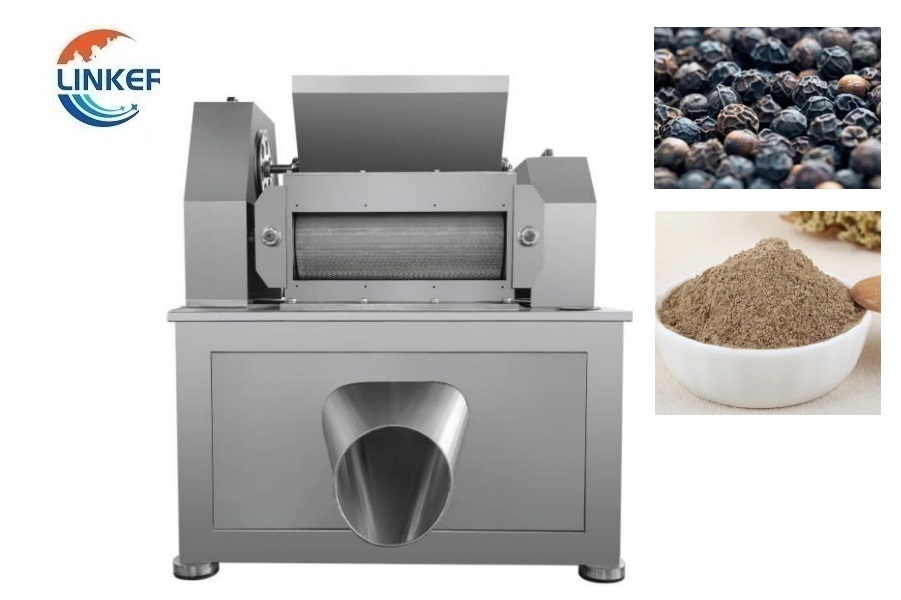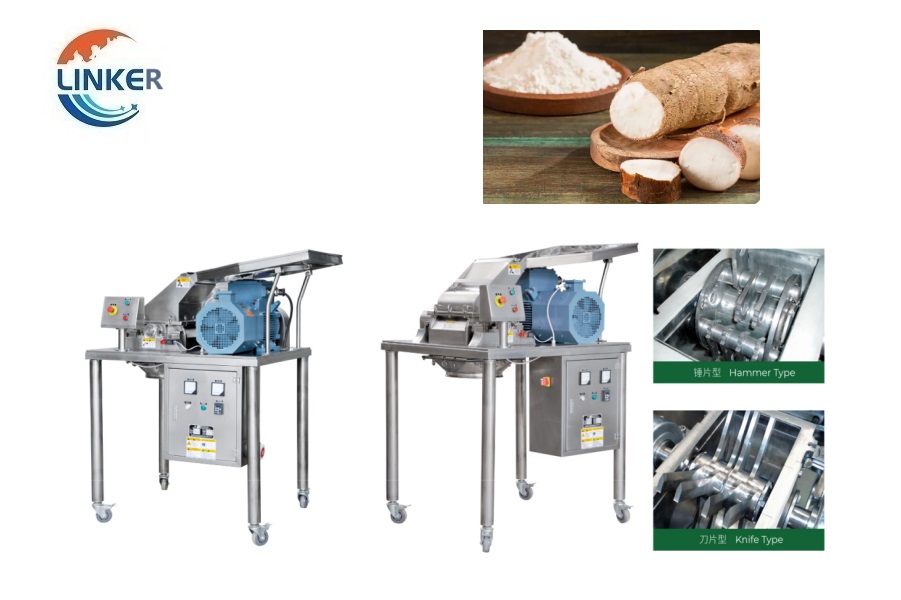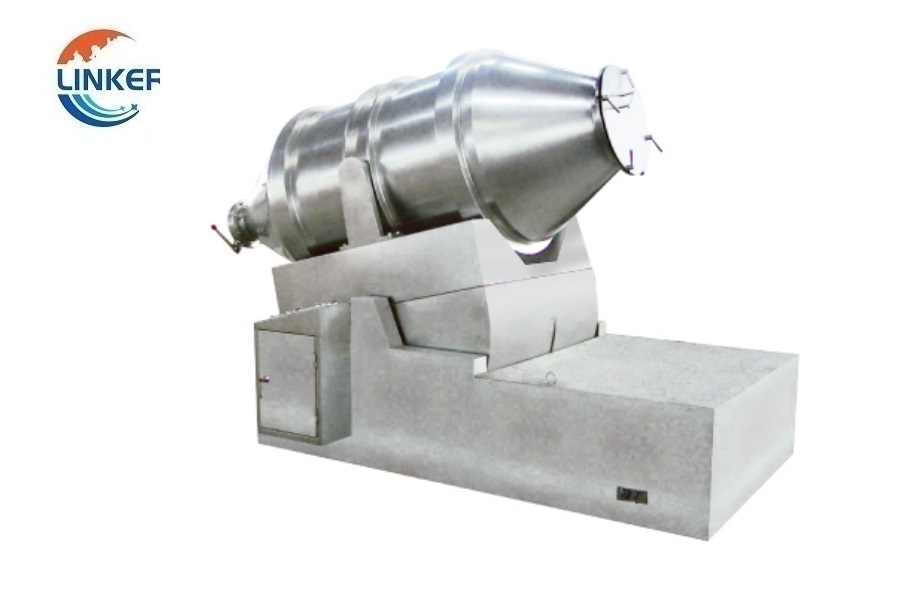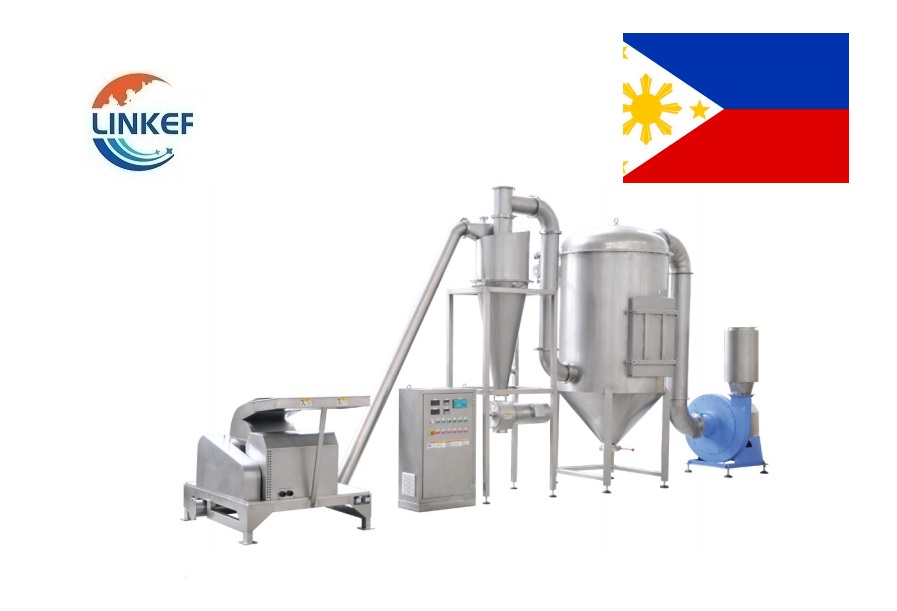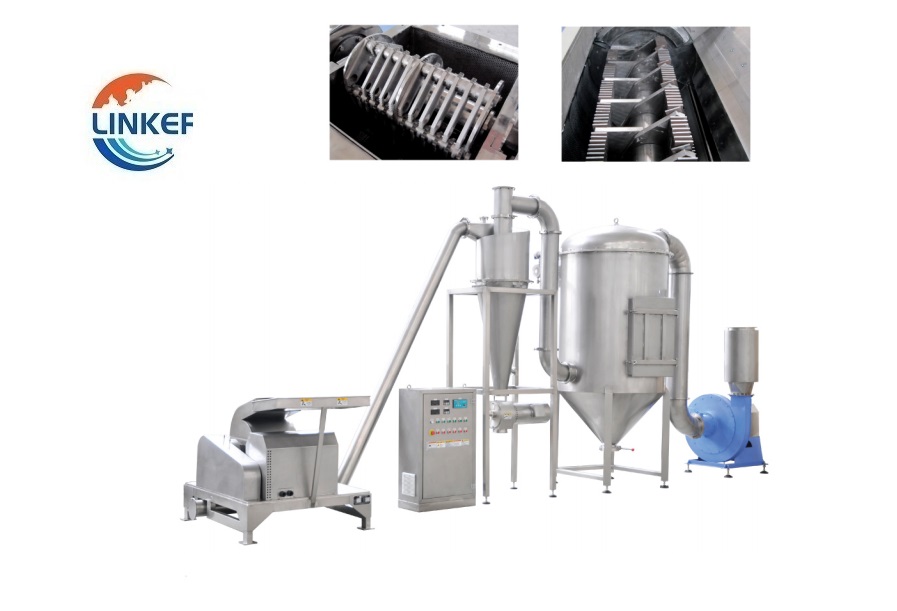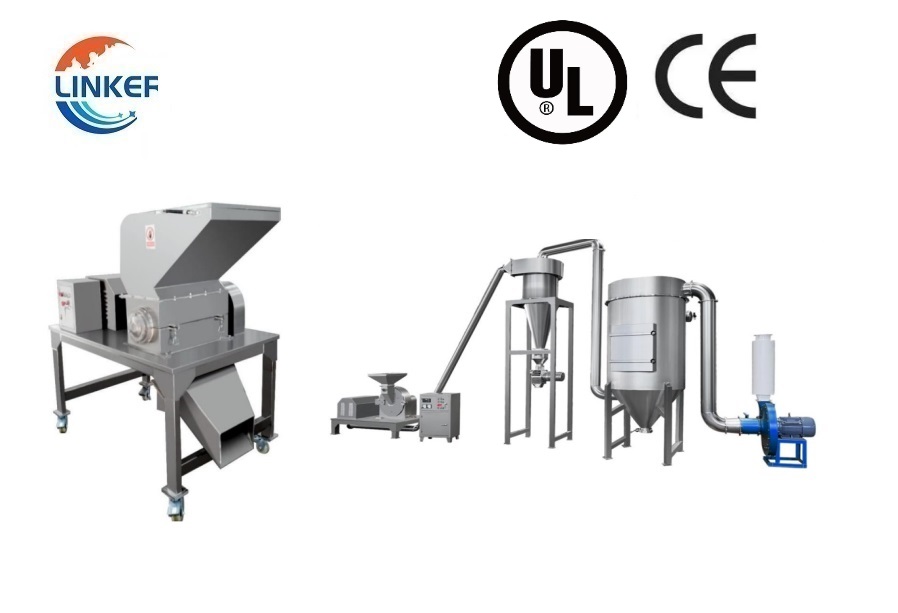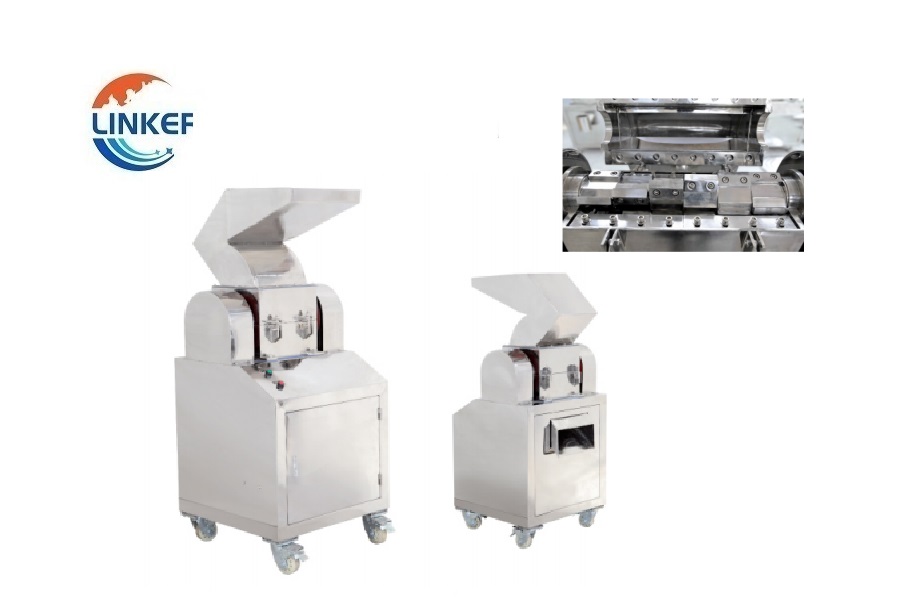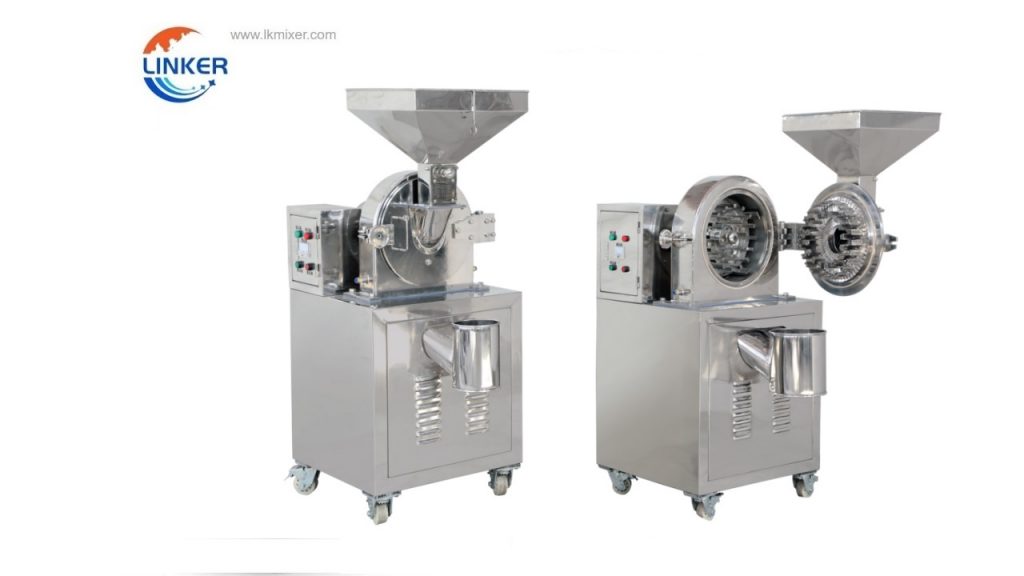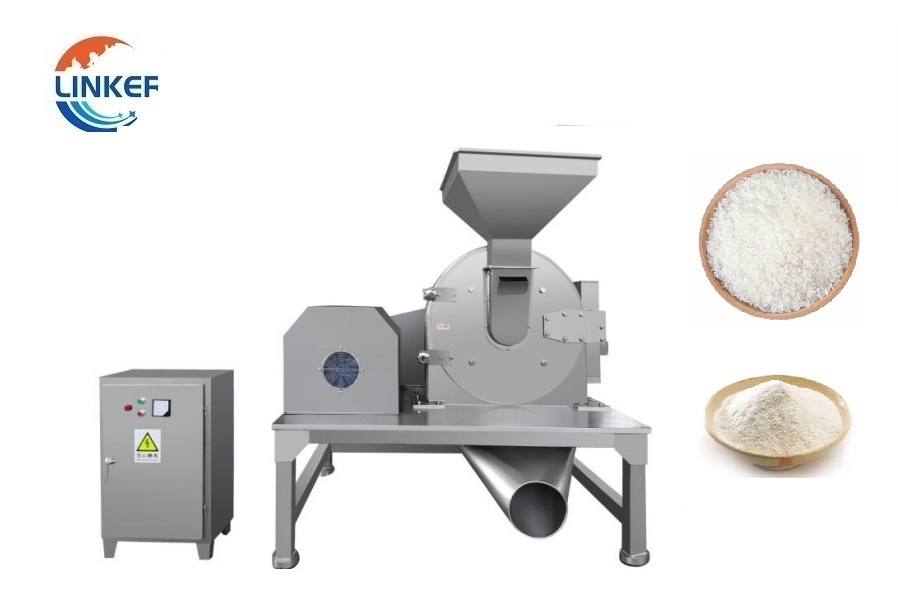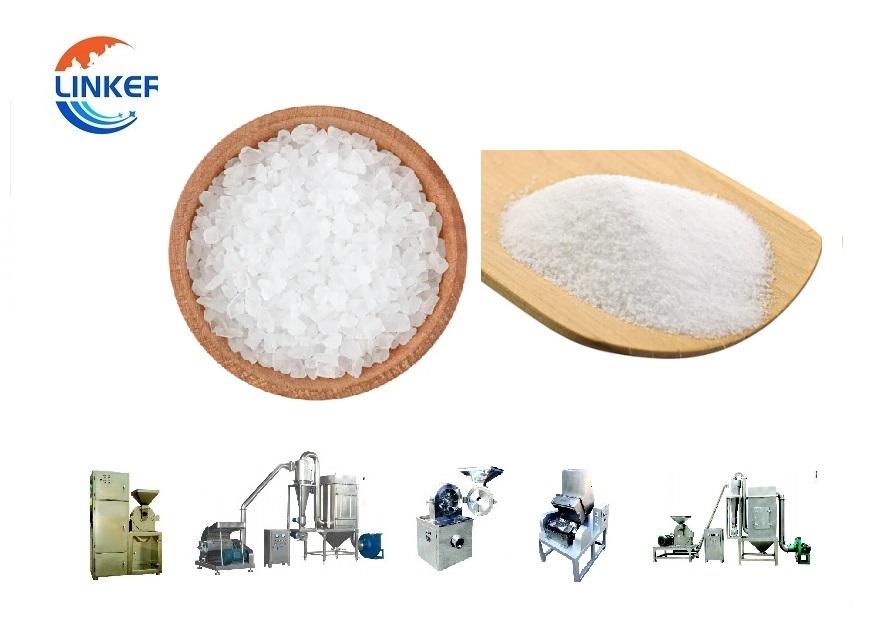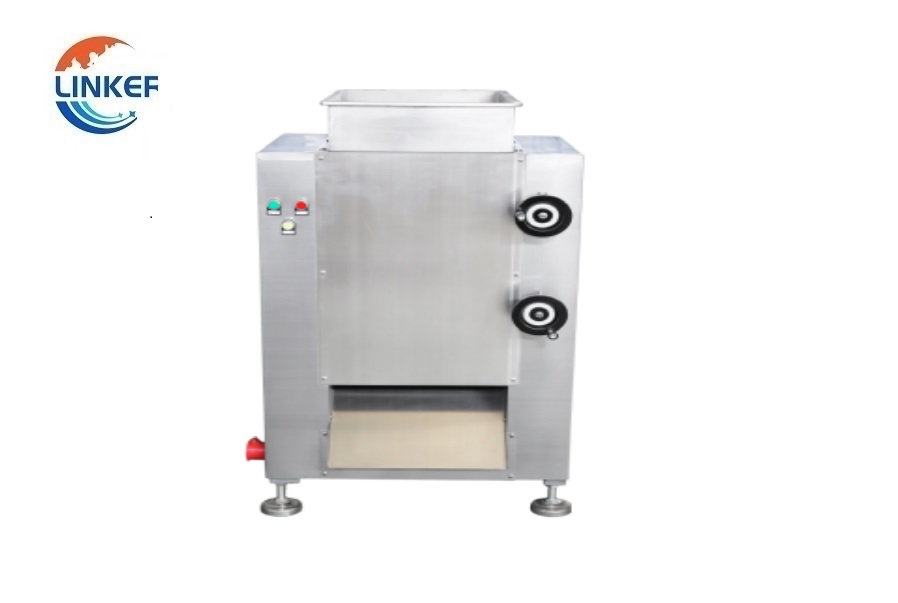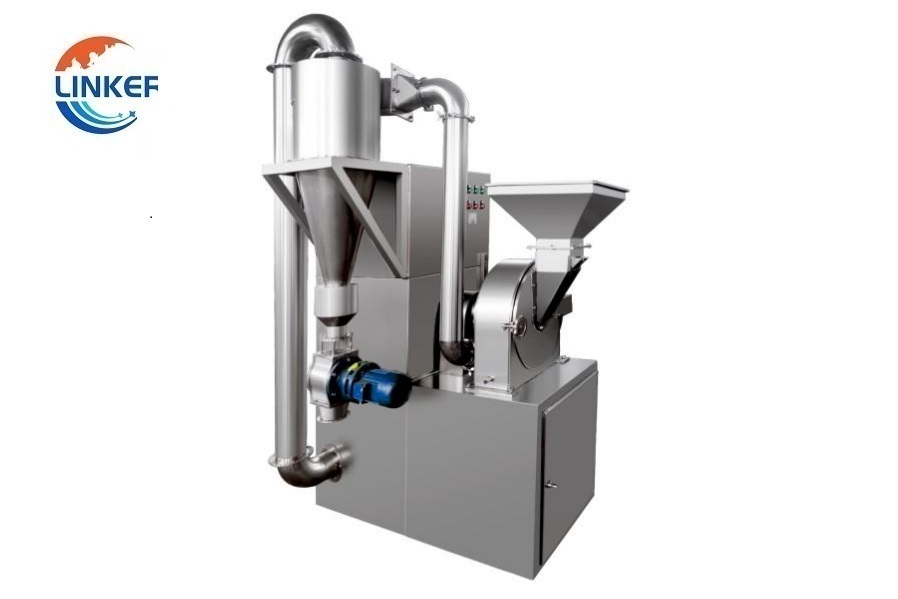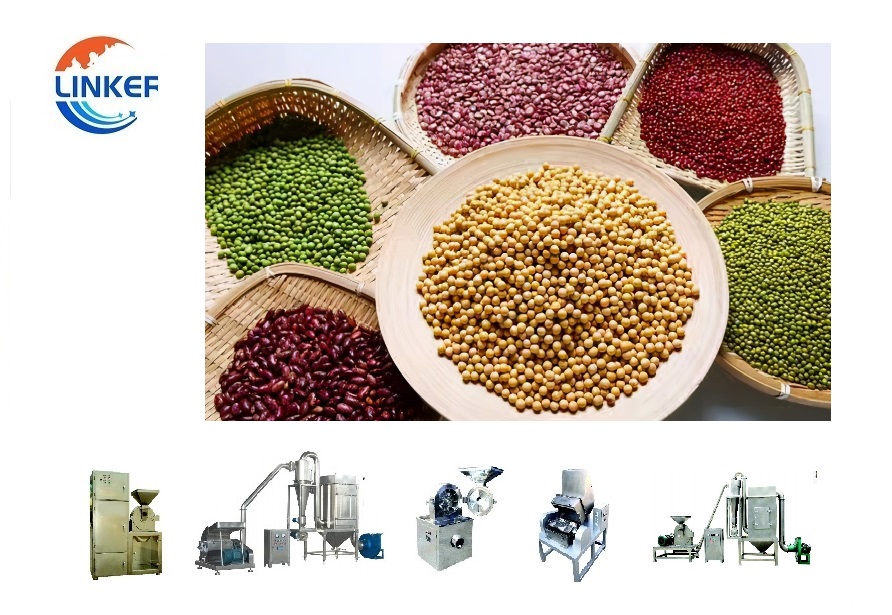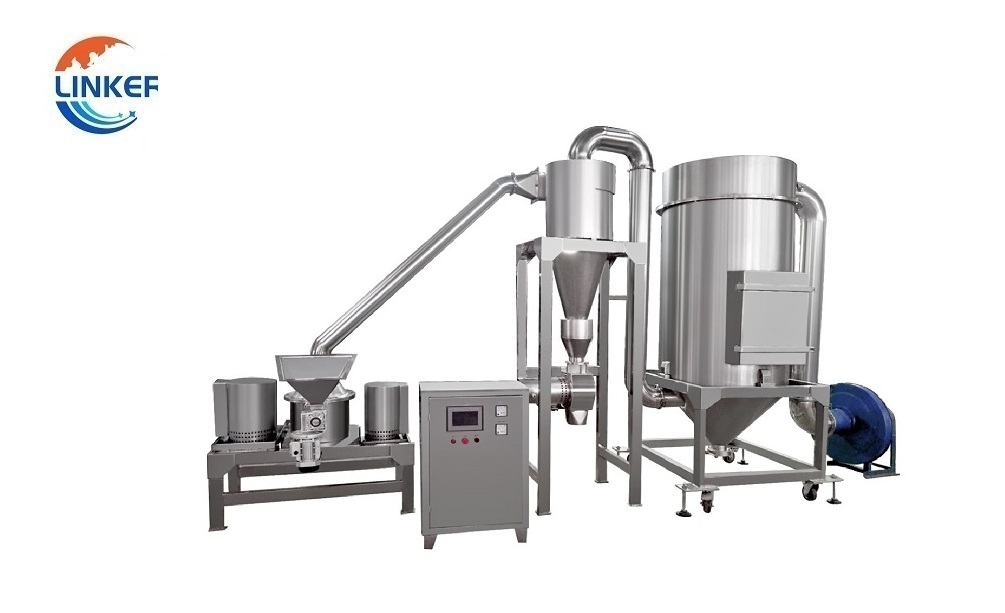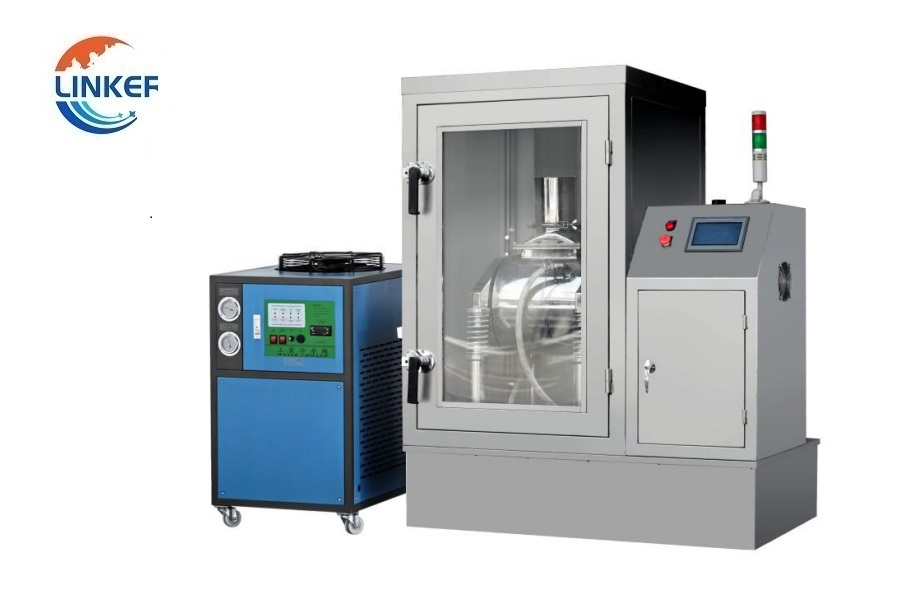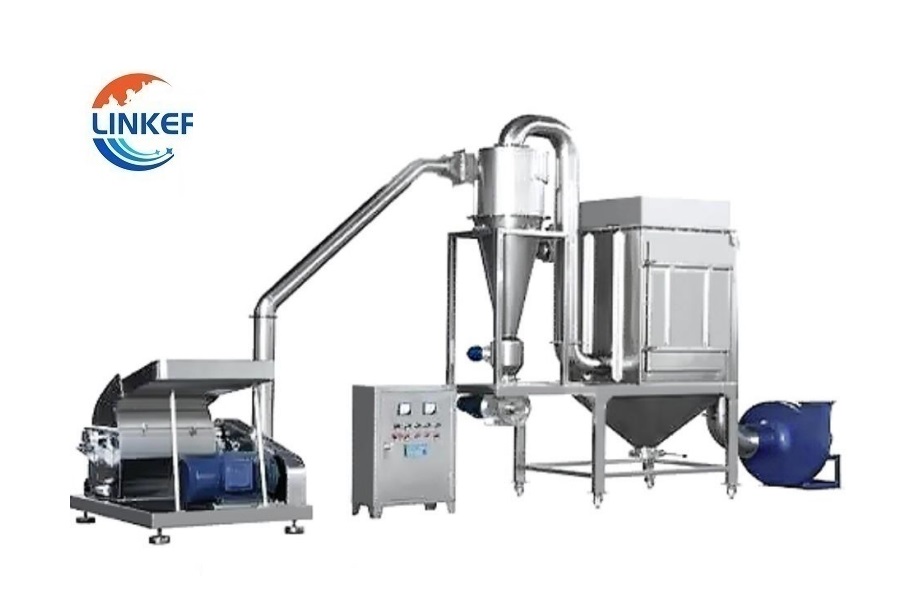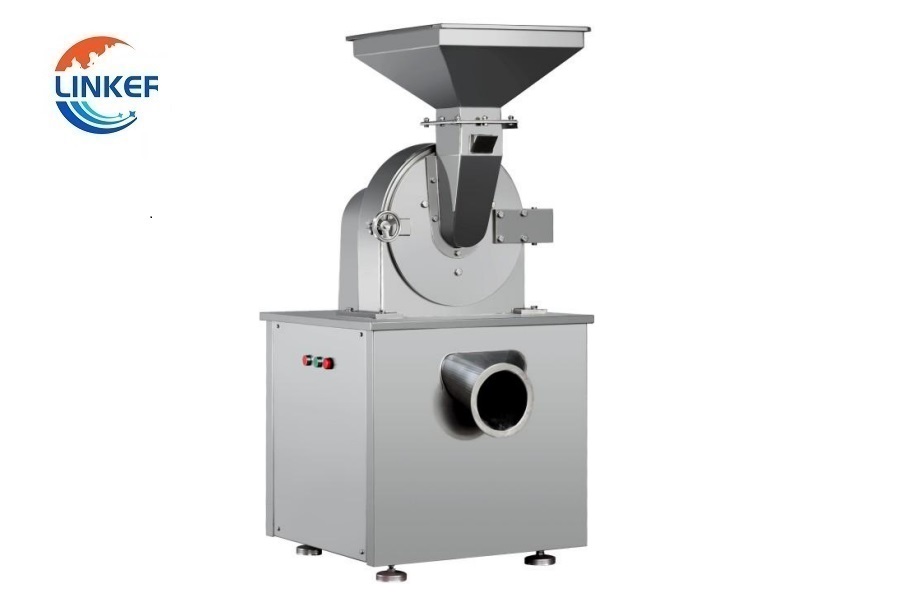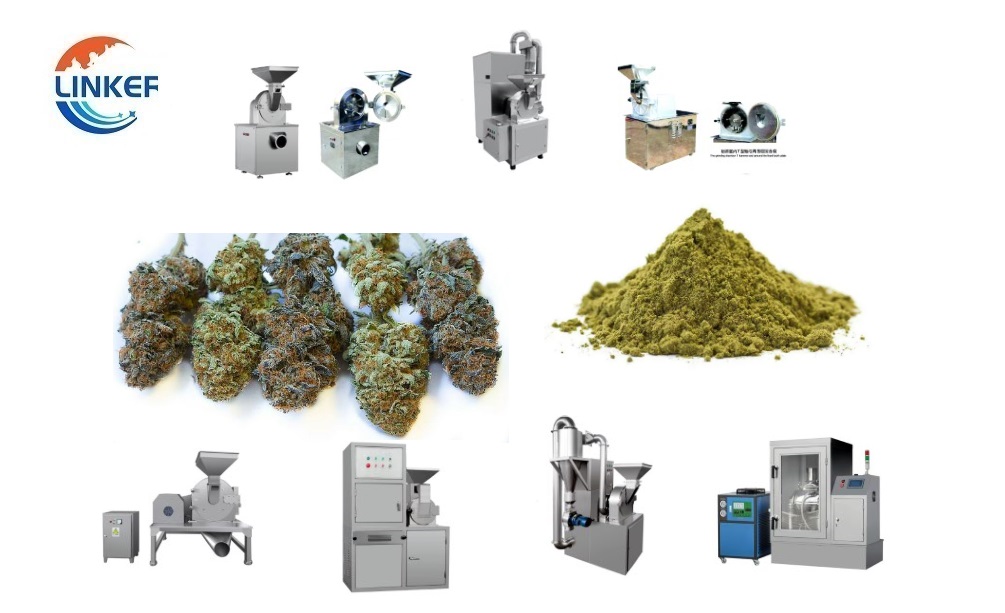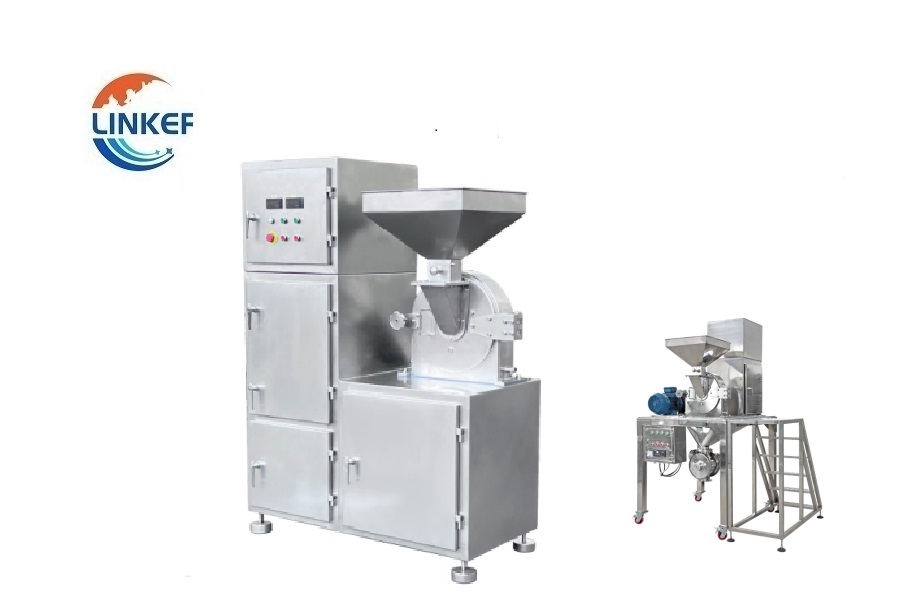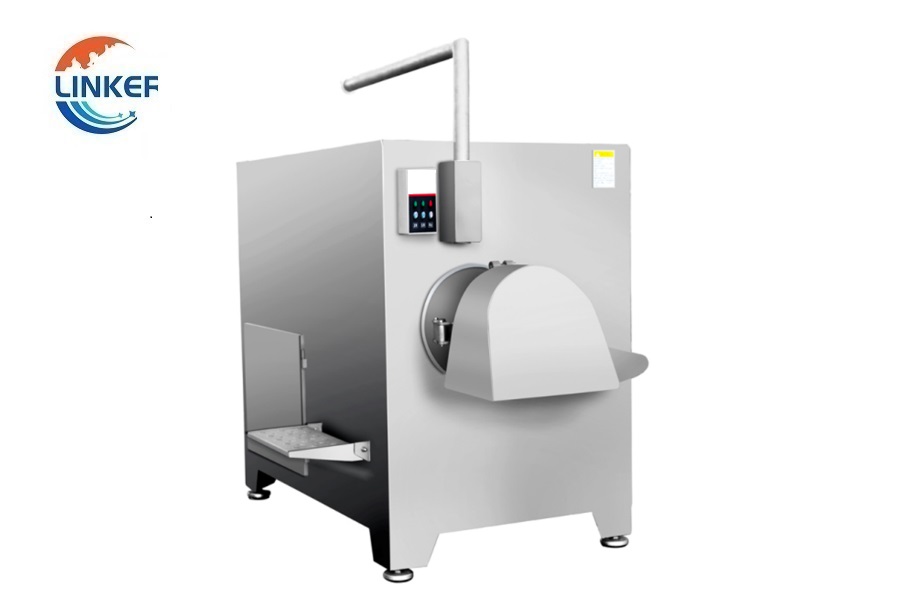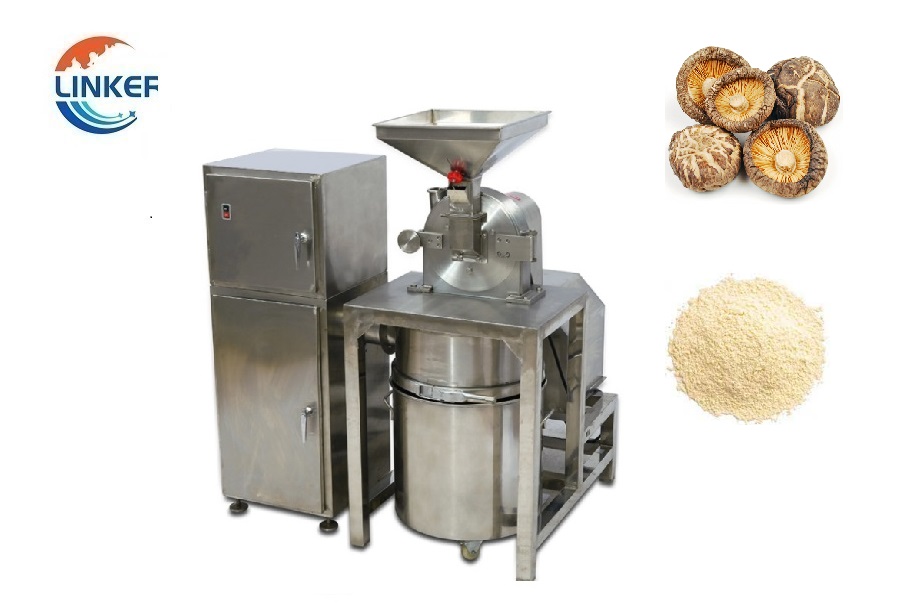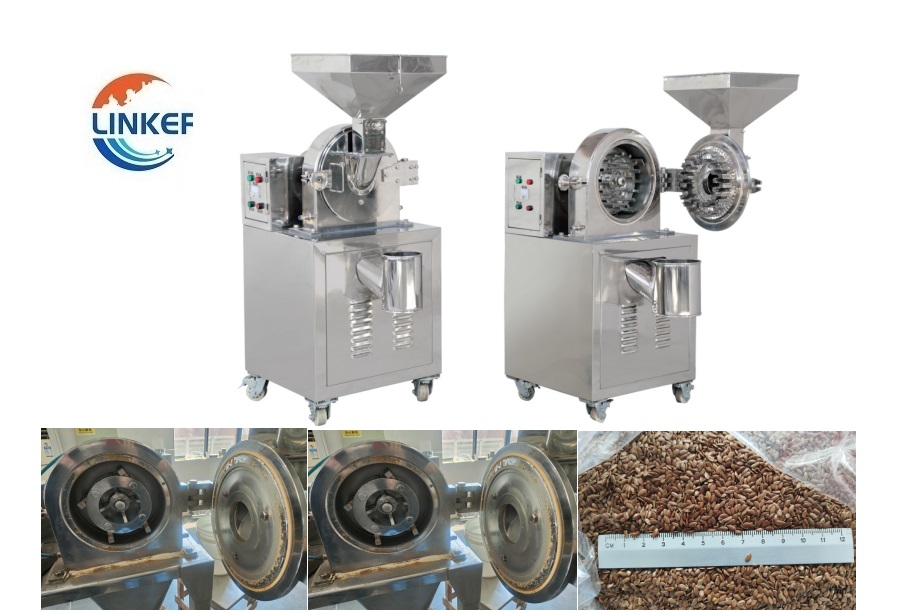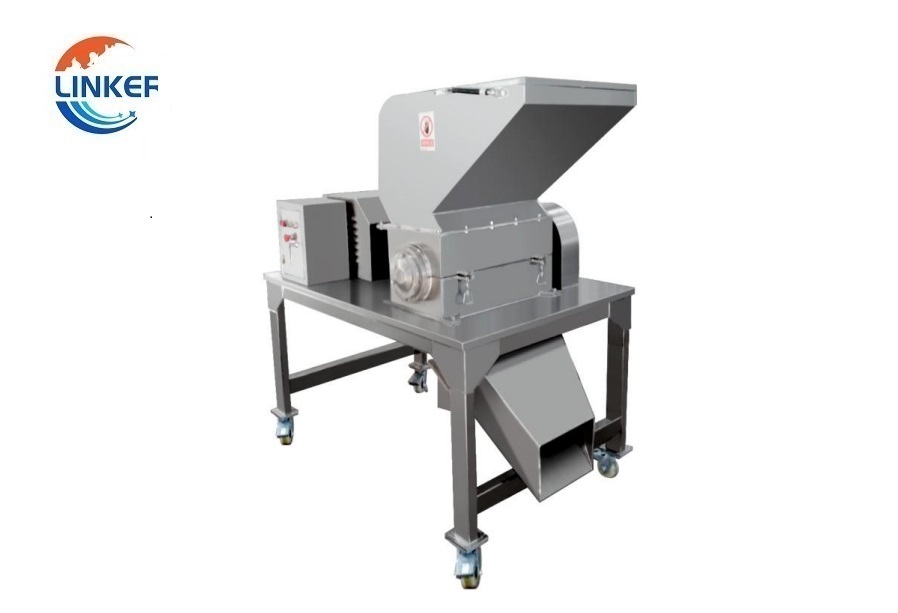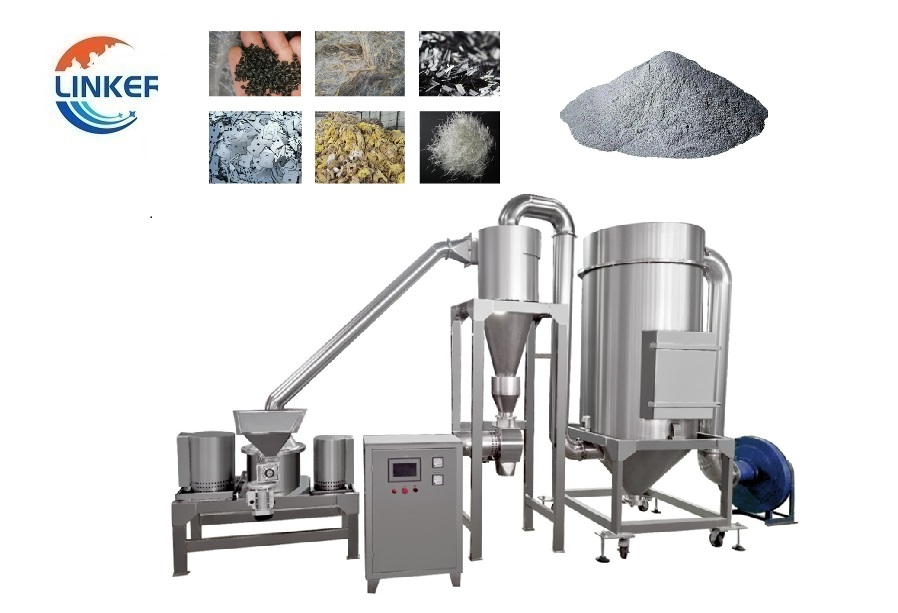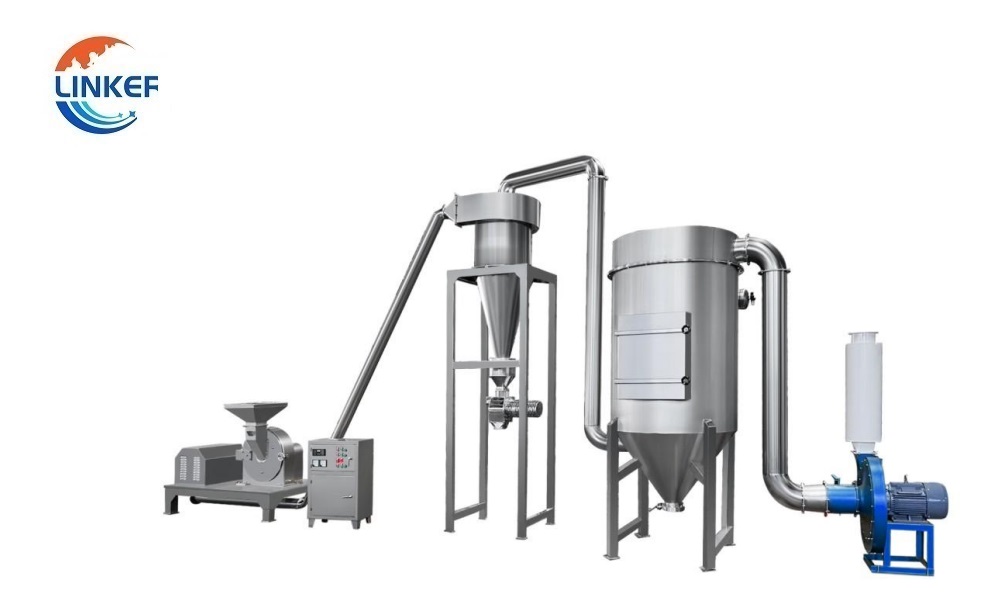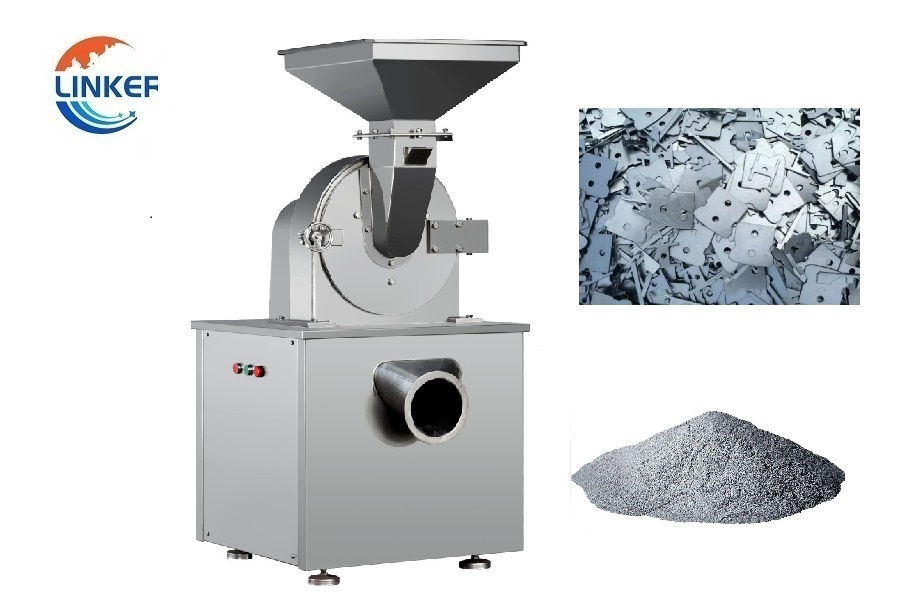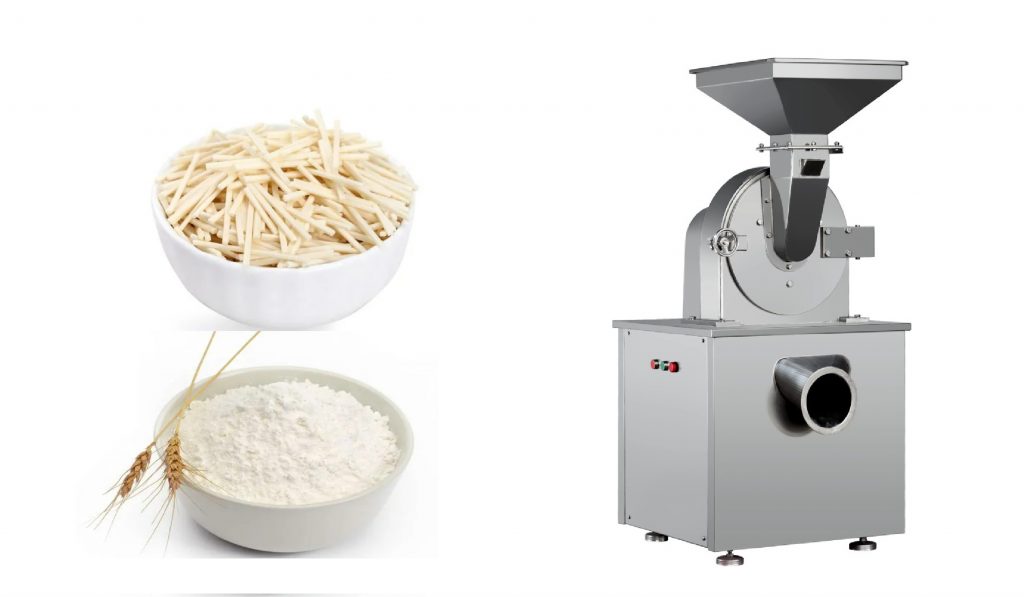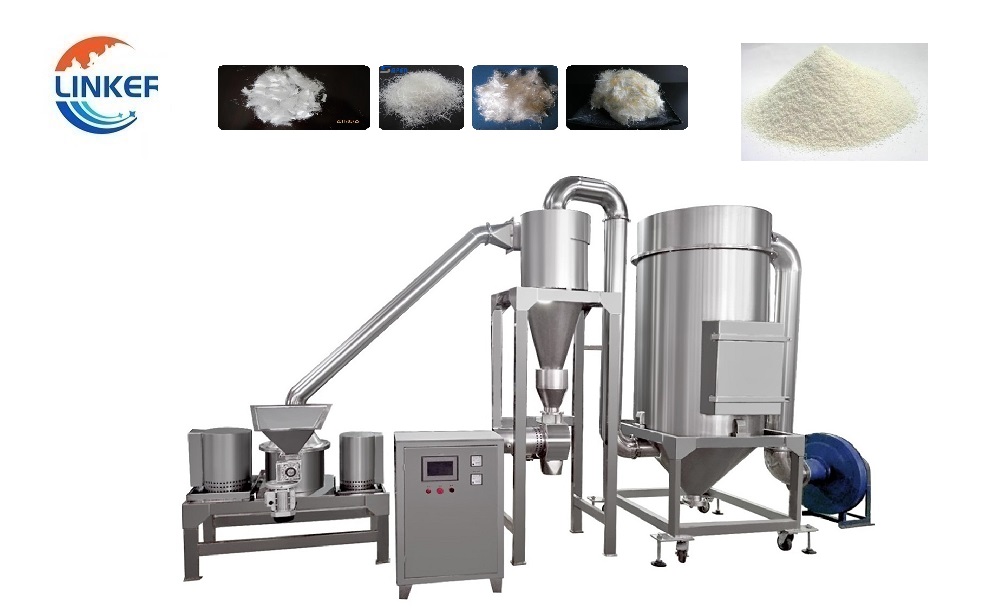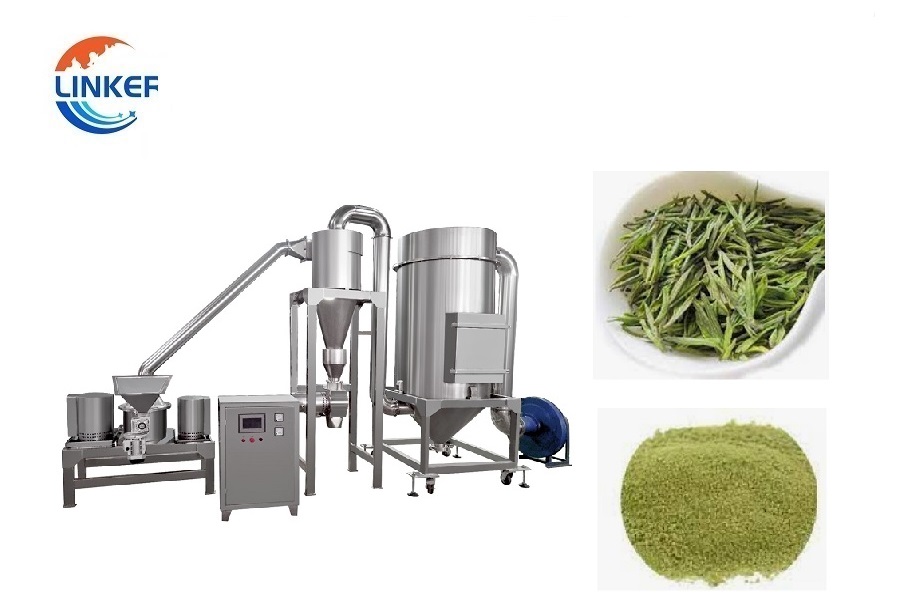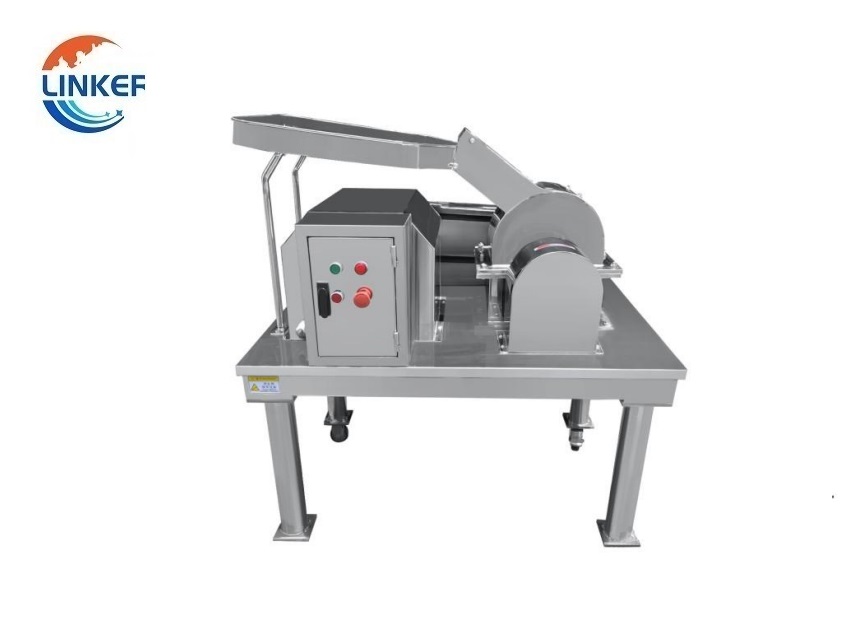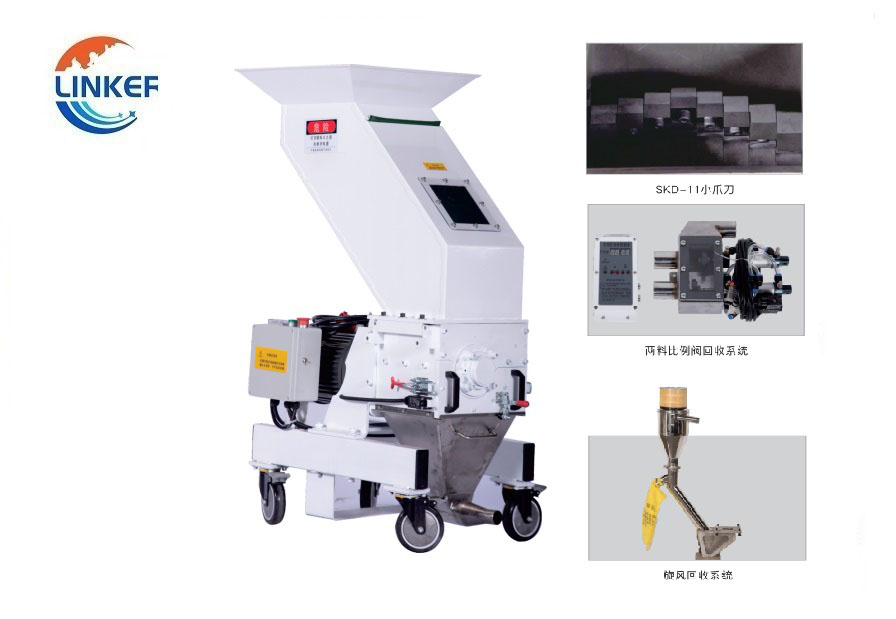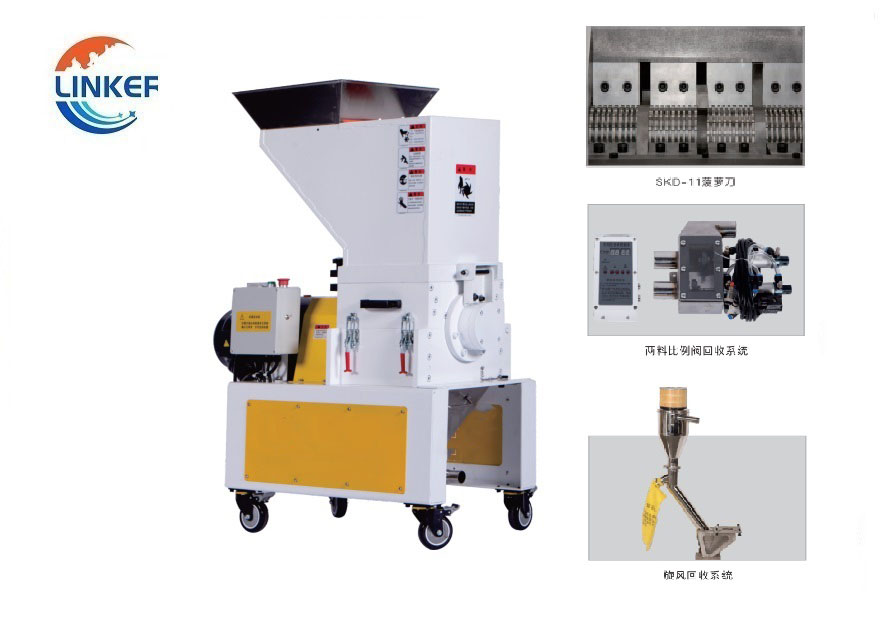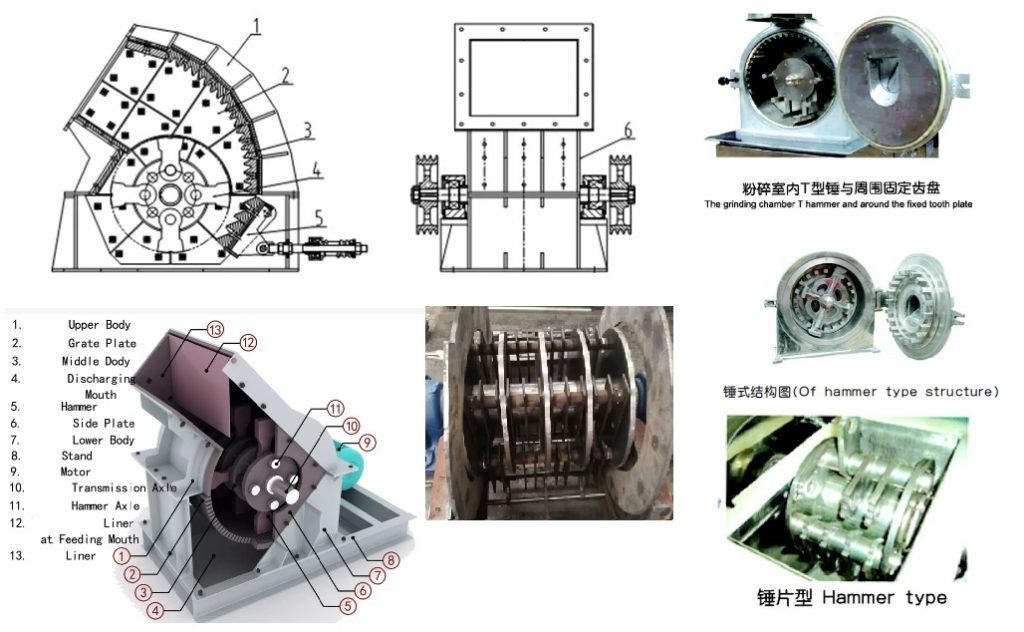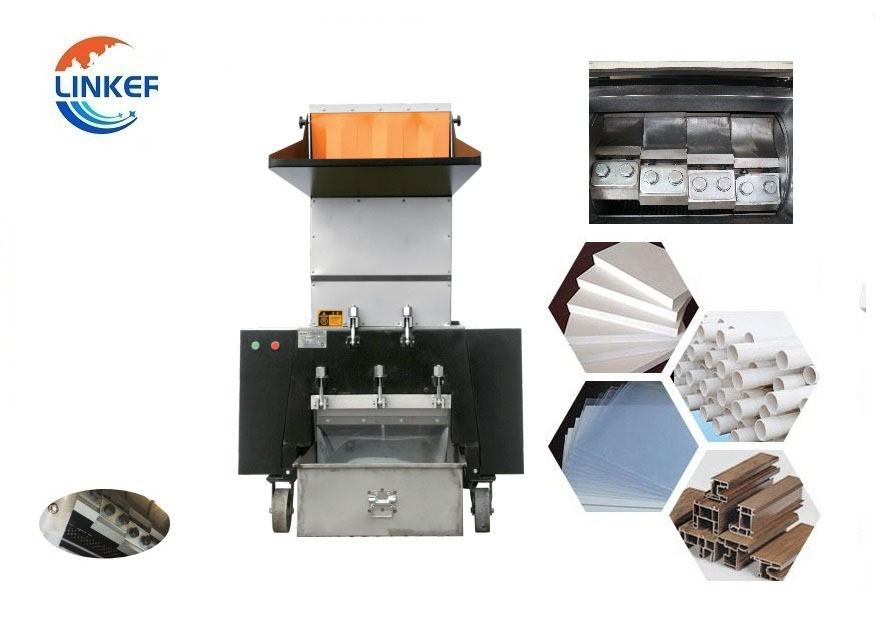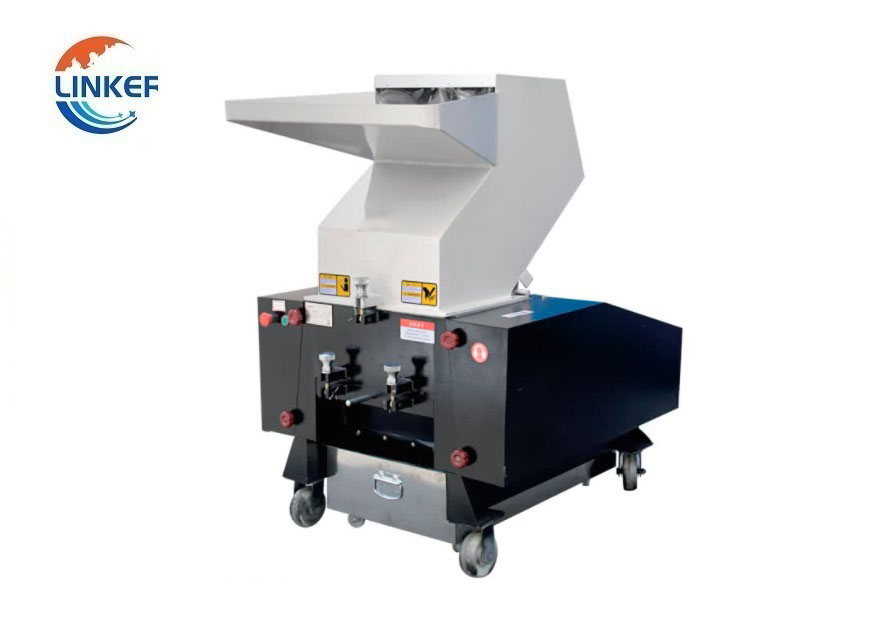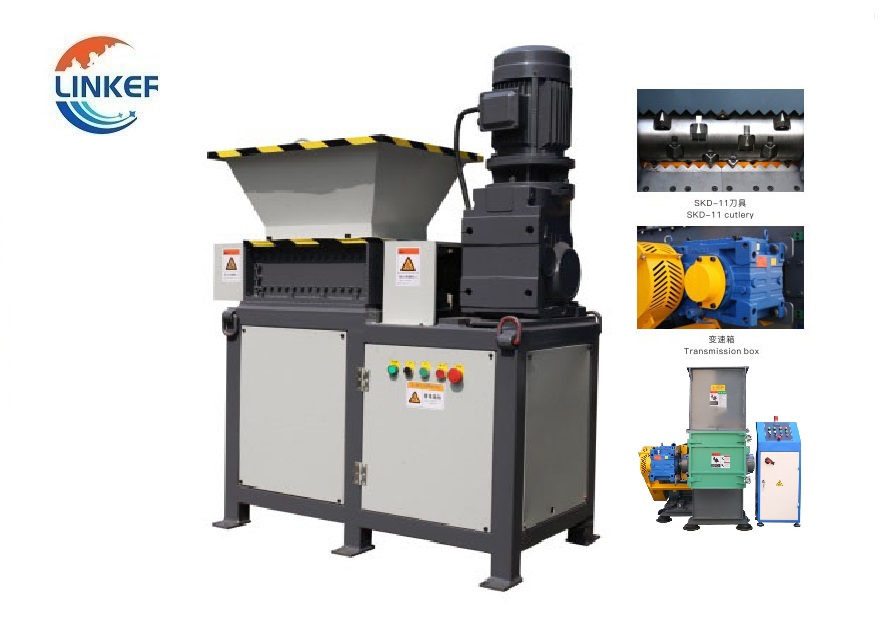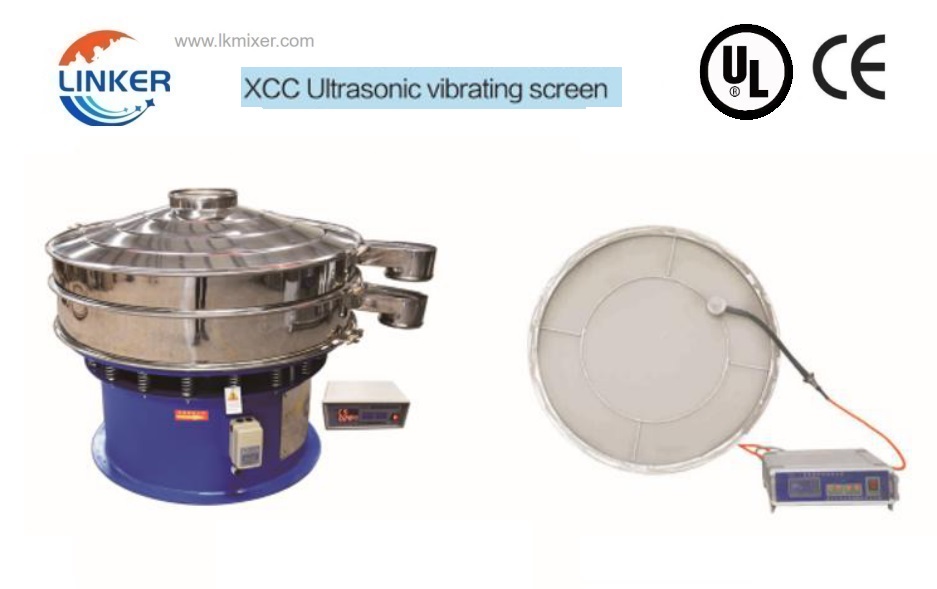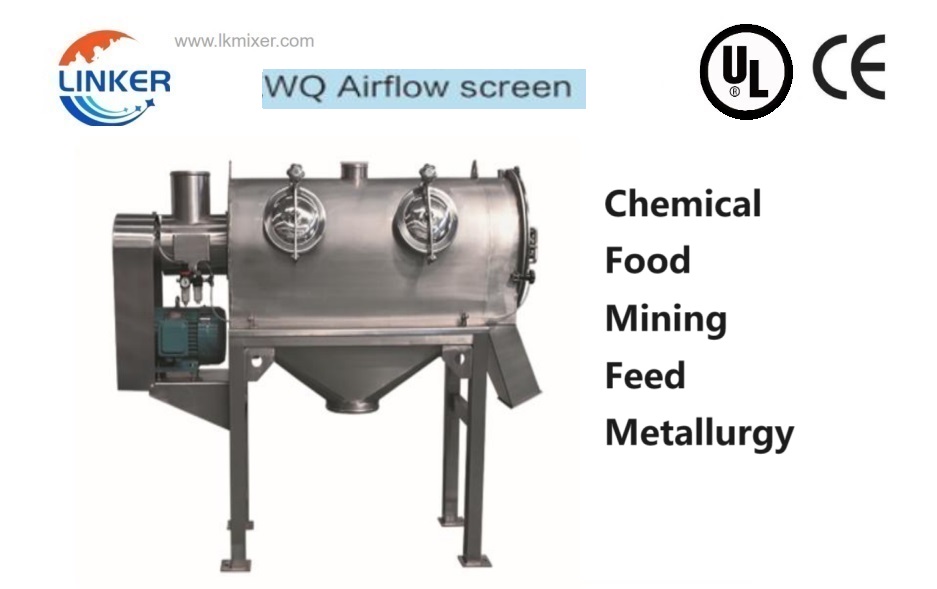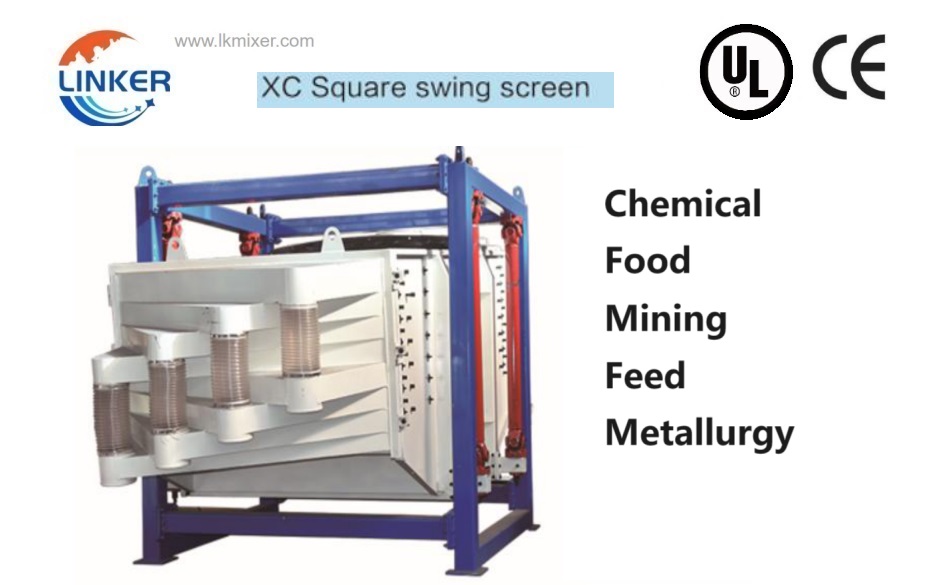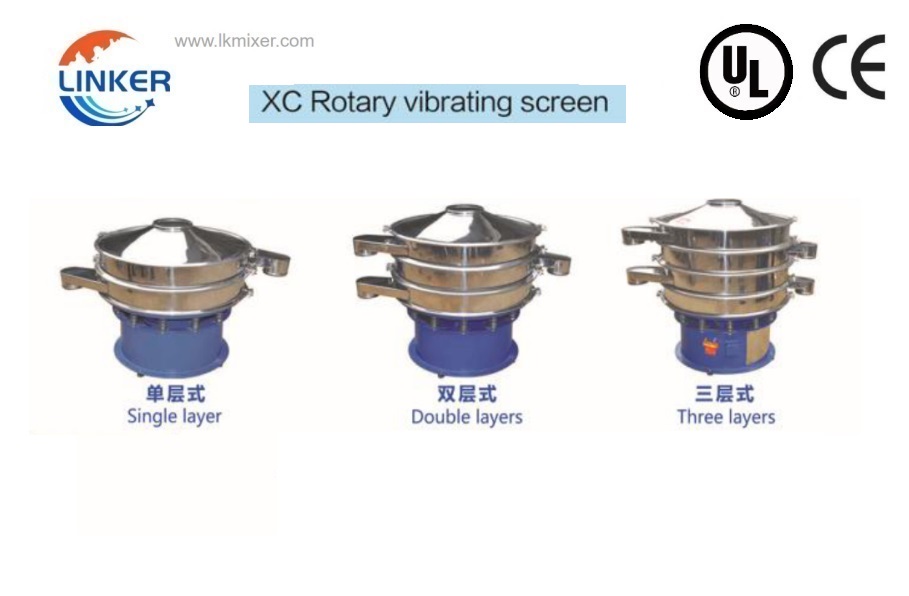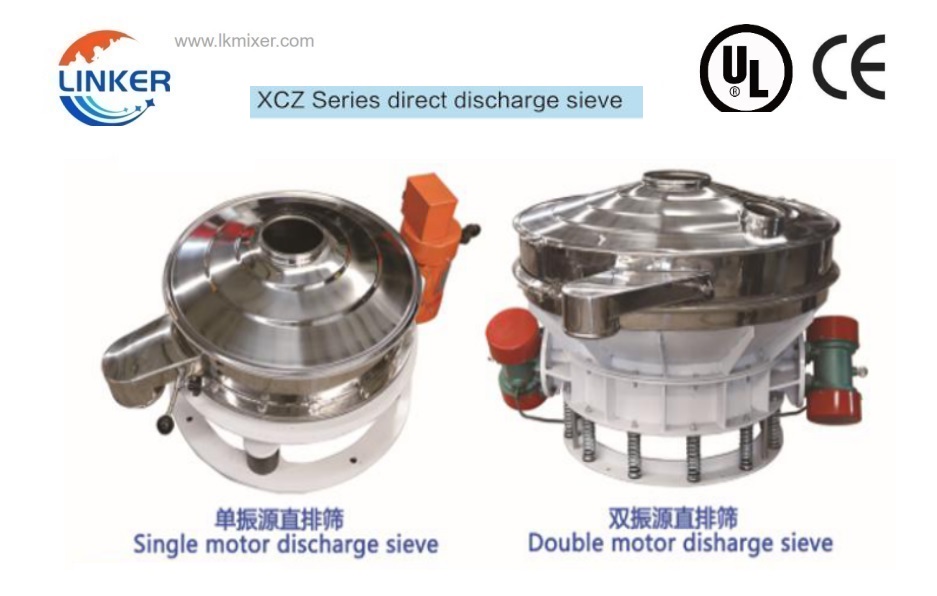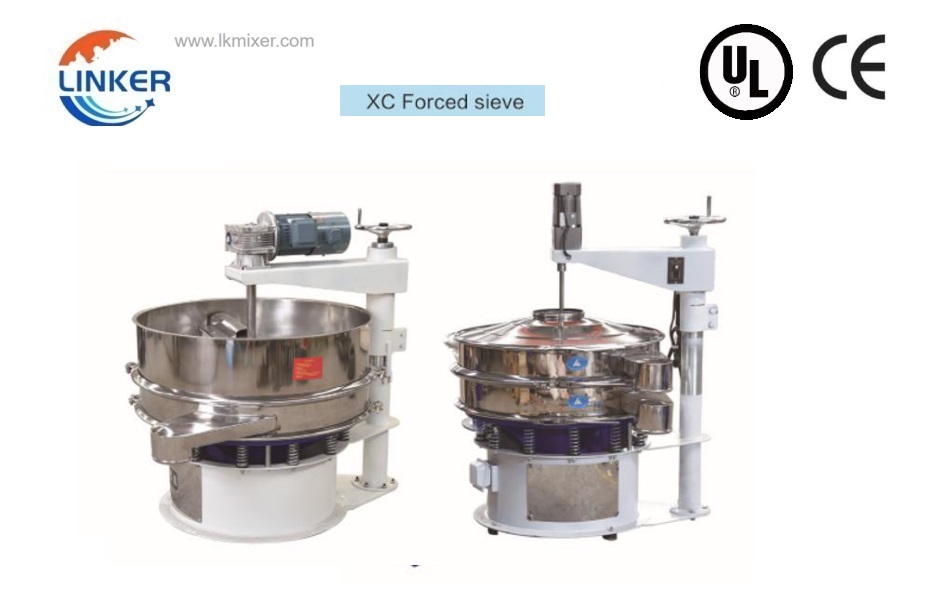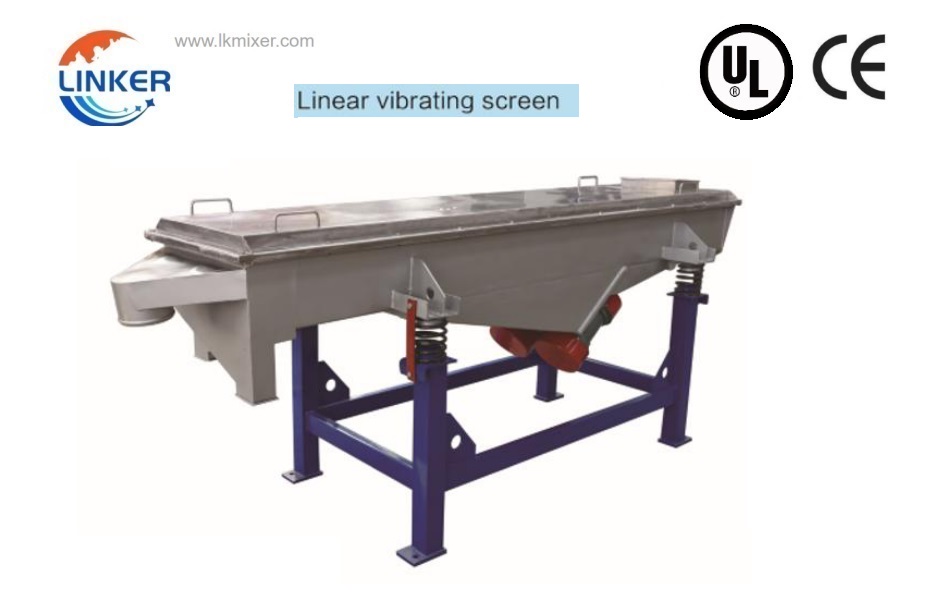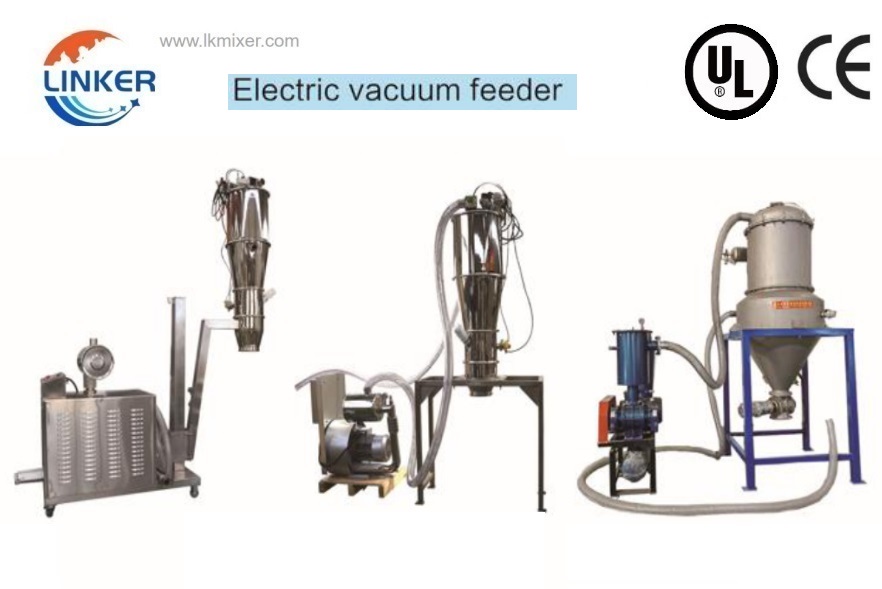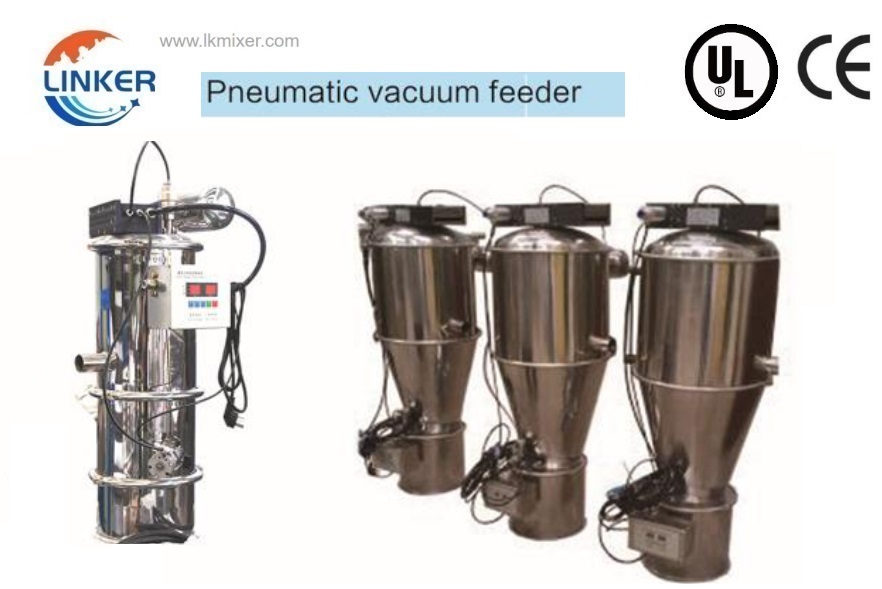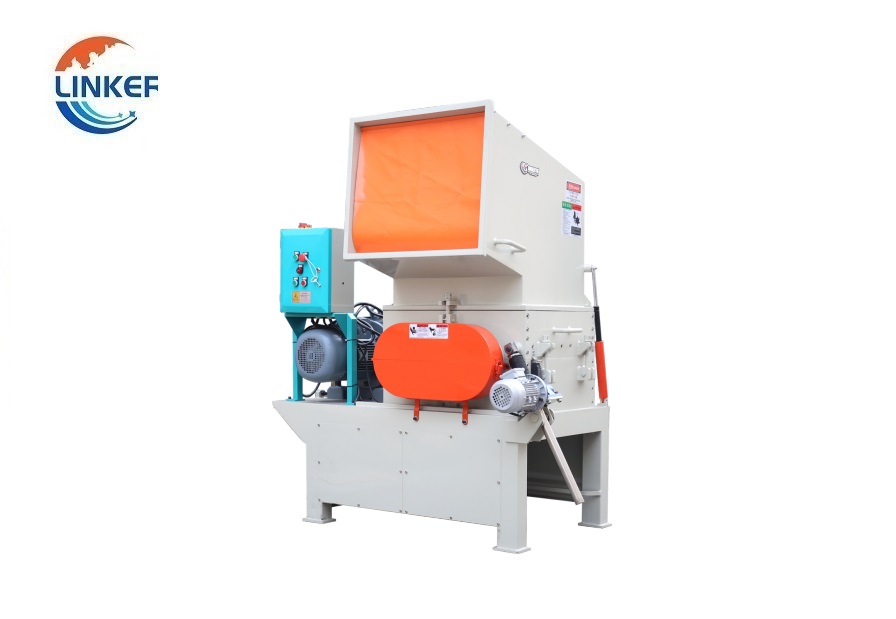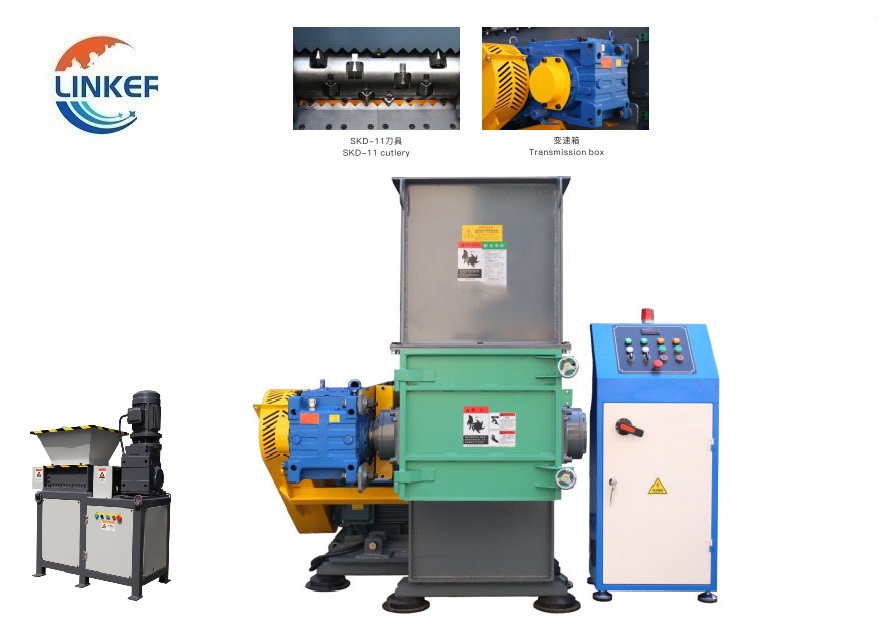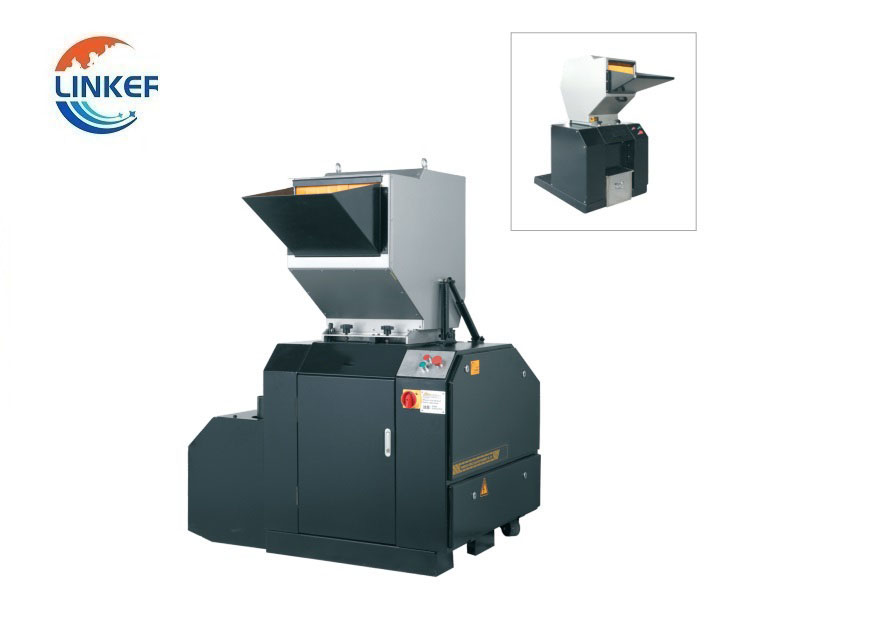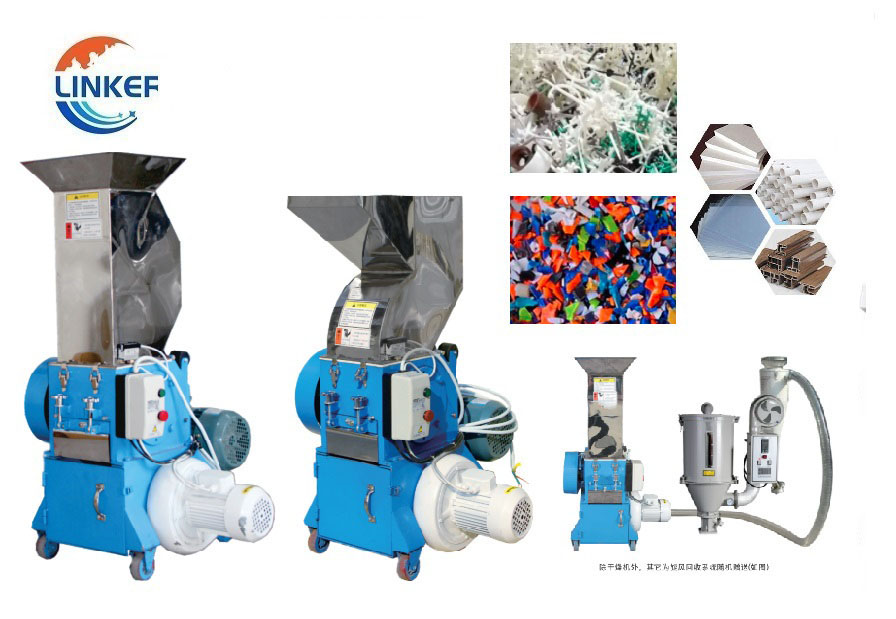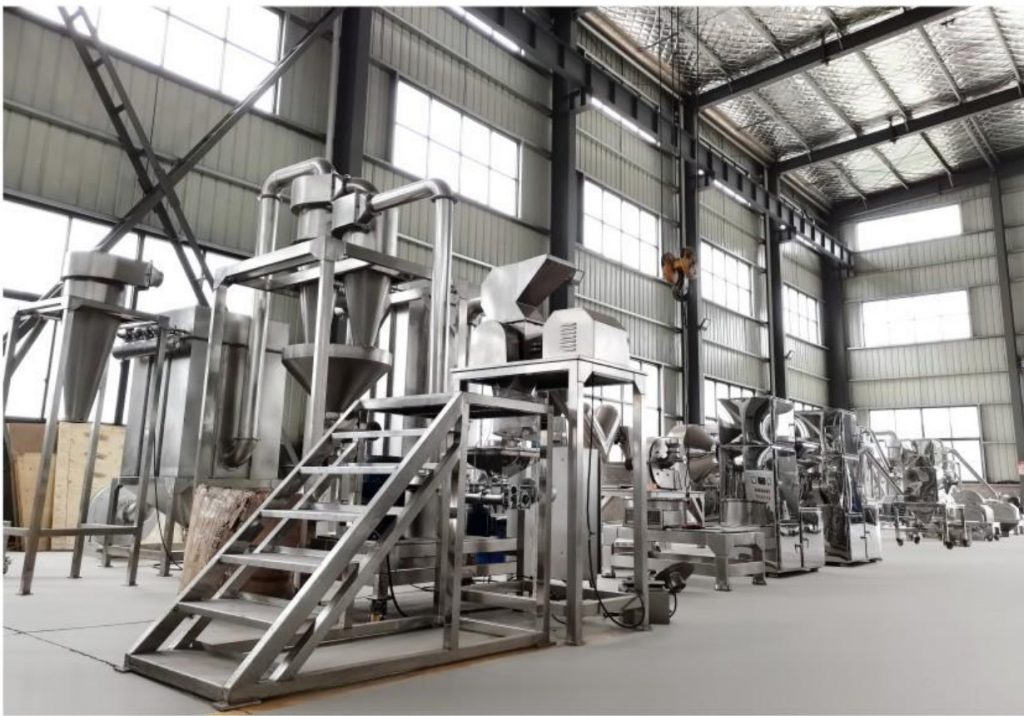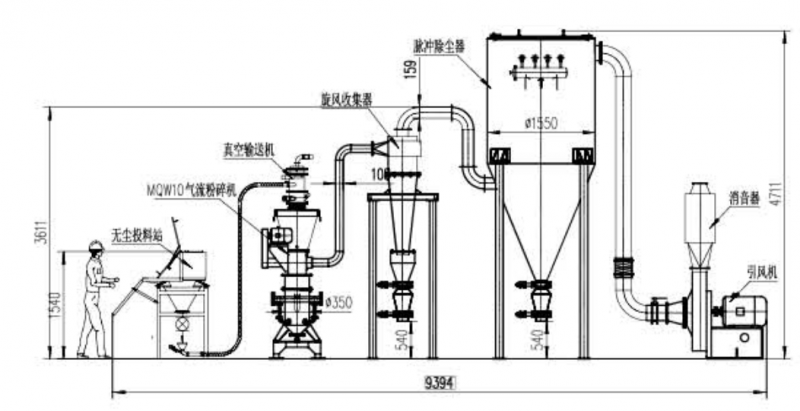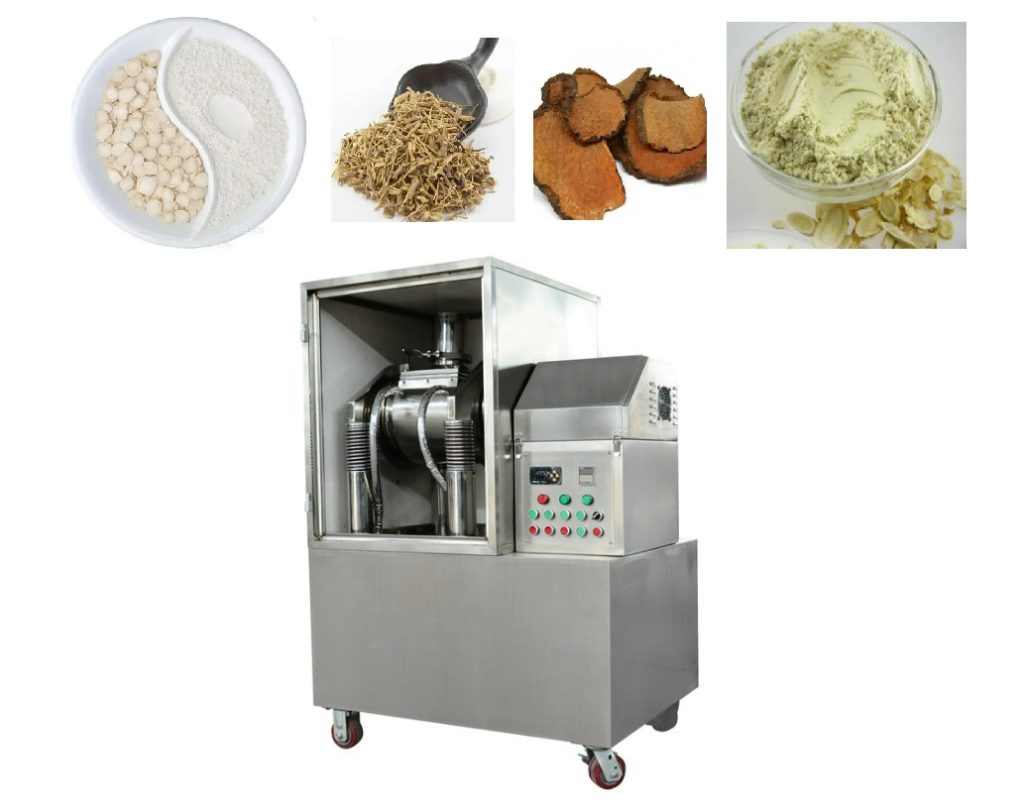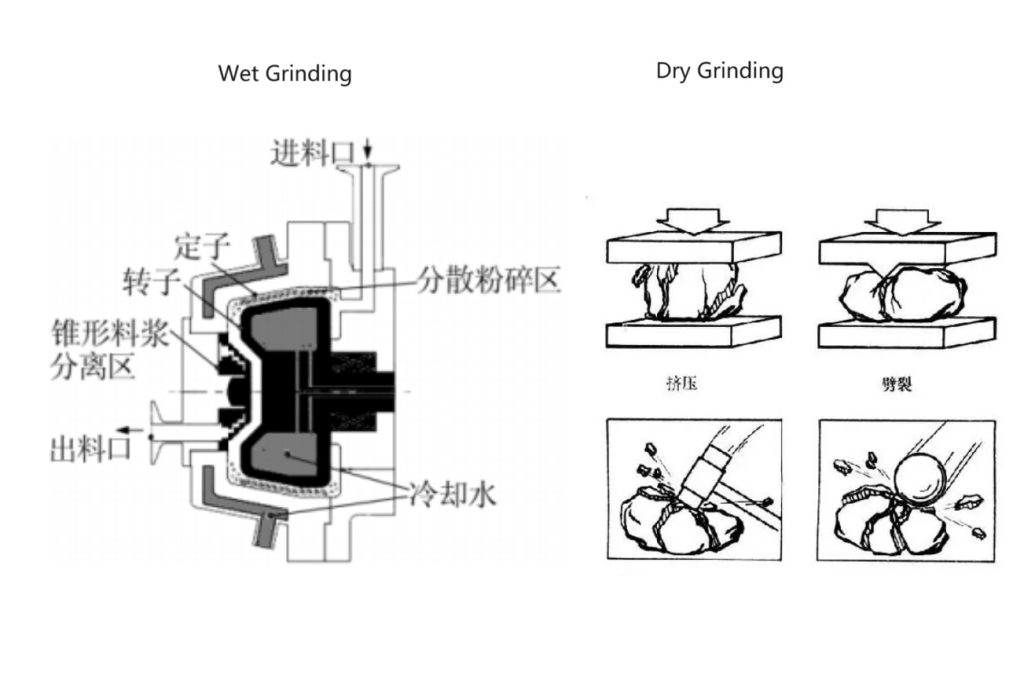FL Airflow Pulverizer
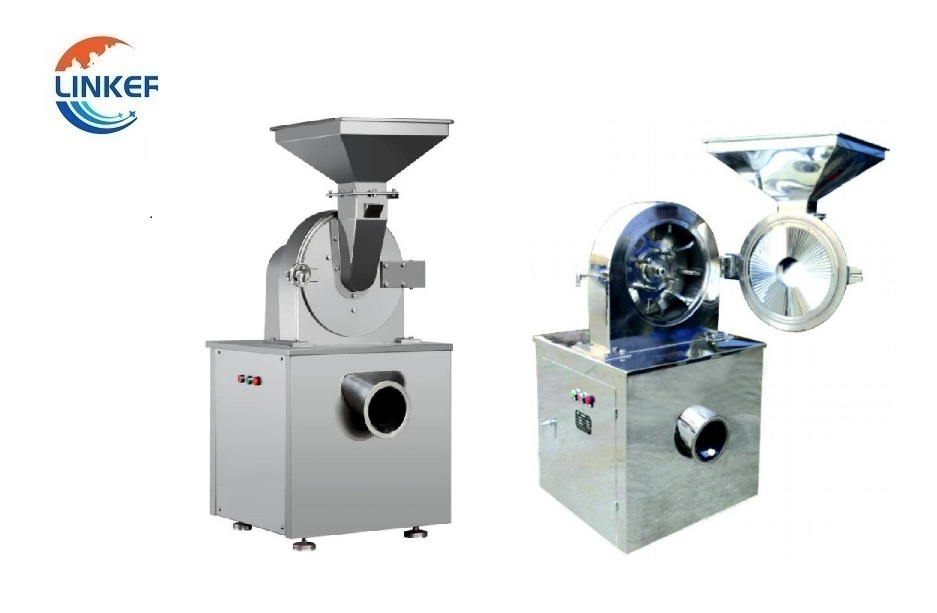
FL Airflow Pulverizer Supplier
- Feeding Granularity: <5mm, <10mm;
- Powder Size: 30~120 mesh;
- Capacity: 30~2200kg/h (according to mode and different raw material);
- Motor Power (KW): 4~22kw;
- Axis Rotating Speed(r/min):2200~4200;
- Dimension(mm):550*420*1400~1250*1100*2500.
- FOB Unit Price: 1 unit $ 3,415~4,800. More than 5 units: $3,065~4,320. Video
- Application: Medicine, potato, grain, bean, food,rice, Sugar,herb, pepper, metal, corn, mushroom, tea, seeds,
What is an Airflow Pulverizer?
An Airflow Pulverizer, also known as an air jet mill or micronizer, is a type of mechanical device used for grinding and pulverizing solid materials. It operates by using a high-speed air stream to create turbulence in the material, which causes it to be broken down into smaller particles. The airflow pulverizer is commonly used in a wide range of industries, including agriculture, food processing, and pharmaceuticals, for the size reduction of materials such as grains, spices, and medicines.
The design of an airflow pulverizer typically consists of three main components: a rotor, a classifier, and a fan. The rotor is responsible for generating the high-speed air stream that creates the turbulence in the material. The classifier is used to separate the particles based on their size, and the fan is used to circulate air through the pulverizer and remove the ground material from the system.
The rotor of an airflow pulverizer is typically a disc or cylinder with multiple blades or vanes attached to it. The rotor rotates at high speeds, creating a high-velocity air stream that enters the pulverizing chamber. As the air stream passes through the chamber, it creates turbulence in the material, causing it to be broken down into smaller particles. The size of the particles produced depends on a variety of factors, including the size and shape of the rotor blades, the velocity of the air stream, and the properties of the material being ground.
The classifier in an airflow pulverizer is used to separate the particles based on their size. The classifier is typically located at the top of the pulverizing chamber and consists of a series of vanes or screens that allow only particles of a certain size to pass through. The remaining particles are recirculated back into the pulverizing chamber for further grinding.
The fan in an airflow pulverizer is used to circulate air through the system and remove the ground material. The fan typically operates at a high speed, creating a vacuum that draws the material through the pulverizing chamber and into a collection system. The collection system may consist of a cyclone separator or bag filter, which separates the ground material from the air stream.
One of the key benefits of an airflow pulverizer is its ability to produce a uniform product. Because the size of the particles produced can be controlled by adjusting the speed of the rotor and the size of the classifier screens, the airflow pulverizer can produce particles of a consistent size and shape. This makes it a popular choice for industries that require high-quality, uniform grinding of materials.
Another advantage of the airflow pulverizer is its efficiency. Because the grinding is achieved through the use of a high-speed air stream, there is minimal heat generated during the process. This means that the material being ground is less likely to be damaged by heat, which can be an issue with other types of grinding equipment. Additionally, because the airflow pulverizer operates at high speeds, it can achieve high rates of production with relatively low energy consumption.
The versatility of the airflow pulverizer is also a key advantage. It can be used to grind a wide range of materials, including soft and hard materials, brittle materials, and materials that are difficult to grind with other types of equipment. The ability to produce a uniform product also makes it suitable for a variety of applications, including size reduction, homogenization, and particle size analysis.
Feature:
The Airflow Pulverizer, also known as an air jet mill or micronizer, has several key features that make it a popular choice for industries that require high-speed grinding and pulverization of solid materials. Some of the key features of an airflow pulverizer include:
- High-speed grinding: The rotor of the airflow pulverizer rotates at high speeds, generating a high-velocity air stream that creates turbulence in the material being ground. This results in the rapid grinding and pulverization of the material into smaller particles.
- Ability to produce a uniform product: The airflow pulverizer can produce particles of a consistent size and shape, thanks to the adjustable rotor speed and classifier screens. This makes it suitable for industries that require high-quality, uniform grinding of materials.
- Versatility: The airflow pulverizer can be used to grind a wide range of materials, including soft and hard materials, brittle materials, and materials that are difficult to grind with other types of equipment.
- Minimal heat generation: Because the grinding is achieved through the use of a high-speed air stream, there is minimal heat generated during the process. This means that the material being ground is less likely to be damaged by heat, which can be an issue with other types of grinding equipment.
- High production rates: The airflow pulverizer can achieve high rates of production with relatively low energy consumption, thanks to its high-speed grinding and efficient design.
- Easy to clean and maintain: The design of the airflow pulverizer is simple and easy to clean, making it a low-maintenance option for industries that require frequent cleaning and sanitation.
- Compact size: The compact size of the airflow pulverizer makes it suitable for use in smaller facilities or in applications where space is limited.
- Customizable: The airflow pulverizer can be customized to meet the specific needs of different industries, with options for different rotor speeds, classifier screens, and collection systems.
Overall, the Airflow Pulverizer is a versatile, efficient, and reliable option for industries that require high-speed grinding and pulverization of solid materials. Its ability to produce a uniform product, generate minimal heat, and achieve high rates of production make it a popular choice for a wide range of applications.
Application of Airflow Pulverizer
Airflow pulverizer, also known as jet mill, is a machine used to reduce the particle size of a wide range of materials, including but not limited to pharmaceuticals, chemicals, food, and minerals. The machine operates on the principle of creating a high-speed jet of air that carries the particles into a classification chamber, where they are separated based on their size and density. In this article, we will discuss the application of airflow pulverizer in various industries.
Pharmaceutical Industry: In the pharmaceutical industry, airflow pulverizer is used for micronization of drug particles. This process enhances drug efficacy by increasing the surface area of the drug, which in turn increases its bioavailability. The machine can also be used for the production of inhalable drugs, such as asthma medication. Micronization can also be used to improve drug solubility, leading to better absorption rates.
Chemical Industry: The chemical industry uses airflow pulverizers to reduce the size of chemicals for better mixing and reaction. It is particularly useful in the production of pigments, dyes, and other colorants. The machine can also be used for the production of catalysts, which require a high degree of uniformity in particle size.
Food Industry: In the food industry, airflow pulverizers are used for the production of fine powders, such as spices and seasonings. The machine is also used for the production of food additives, such as emulsifiers and stabilizers, which require a specific particle size distribution.
Mineral Industry: The mineral industry uses airflow pulverizers for the production of ultrafine powders, which can be used in a range of applications, including the production of ceramics, electronics, and advanced materials. The machine is particularly useful in the production of high-value minerals, such as precious metals, which require a high degree of precision in their processing.
Environmental Industry: Airflow pulverizers can also be used in the environmental industry for the production of adsorbents and catalysts. These materials are used in wastewater treatment, air purification, and other environmental remediation applications. The machine can be used to produce highly uniform particles that exhibit excellent adsorption and catalytic properties.
Conclusion: Airflow pulverizers are versatile machines that can be used in a wide range of industries. Their ability to produce fine powders and micronized particles has led to their widespread use in the pharmaceutical, chemical, food, mineral, and environmental industries. The machine offers many advantages, including high efficiency, low contamination, and the ability to produce particles with a high degree of uniformity. As such, it is an essential tool for many industries, where the production of fine powders and micronized particles is critical to product quality and performance.
Parameters:
| Model Name | FL-250 |
| Crushing Capacity(kg/h) | 30-300 |
| Power(kw) | 4/5.5 |
| Feeding Size(mm) | <5mm |
| Fineness(mesh) | 30-120 |
| Rotating Speed(r/min) | 4200 |
| Weight(kg) | 285 |
| Dimension Length*Width*Height(mm) | 550*420*1400 |
| Model Name | FL-350 |
| Crushing Capacity(kg/h) | 40-800 |
| Power(kw) | 7.5/11 |
| Feeding Size(mm) | <5mm |
| Fineness(mesh) | 30-120 |
| Rotating Speed(r/min) | 3800 |
| Weight(kg) | 350 |
| Dimension Length*Width*Height(mm) | 770*750*1500 |
| Model Name | FL-600 |
| Crushing Capacity(kg/h) | 100-1600 |
| Power(kw) | 18.5~22 |
| Feeding Size(mm) | <5mm |
| Fineness(mesh) | 30-120 |
| Rotating Speed(r/min) | 2900 |
| Weight(kg) | 650 |
| Dimension Length*Width*Height(mm) | 1200*1000*2250 |
| Model Name | FL-800 |
| Crushing Capacity(kg/h) | 200-2200 |
| Power(kw) | 18.5~22 |
| Feeding Size(mm) | <5mm |
| Fineness(mesh) | 30-120 |
| Rotating Speed(r/min) | 2200 |
| Weight(kg) | 1350 |
| Dimension Length*Width*Height(mm) | 1250*1100*2500 |
Trade Capacity
| International Commercial Terms(Incoterms): | FOB, CIF, CFR | Terms of Payment: | LC, T/T, PayPal, Western Union |
| Average Lead Time | 60 working days | Main Markets | North America, South America, Europe, Southeast Asia/ Mideast, East Asia(Japan/ South Korea), Australia, Domestic |
| Nearest Port: | Ningbo Port; Shanghai Port | Factory Address: | JiangSu, China |
| Business Type: | Manufacturer/Factory | Main Products: | Mill, grinder, granulator, mixer, Crushing Equipment |
| Number of Employees: | 100 | Year of Establishment: | 2014.05 |
| Production Capacity | 5000Set/Year | After-sales Service: | Technical Support; on-line teach lessons |
| R&D Capacity: | ODM, OEM | Annual Output Value: | US$5 Million – US$10 Million |
| No. of R&D Staff: | 5 | No. of Production Lines: | 6 |
LK Mixer is a professional manufacturer for grinder, mixer and pulverizer. These machines are widely used in pharmaceutical, cosmetic, health care products and chemical industries. Our main product including granulating machine, grinder, mixer, dryer, etc. All mechanical products in accordance with the China GMP design requirements. And also we have other certifications such as CE, UL for motors.
Business Philosophy
“Quality is the main policy of sales” and “integrity is the principle of success” are the business philosophy of our people. We carry out one-year warranty, lifelong maintenance service, with technical consultation, with material test machine and other services, and long-term supply of equipment. Welcome new and old customers to negotiate cooperation!
Certifications:
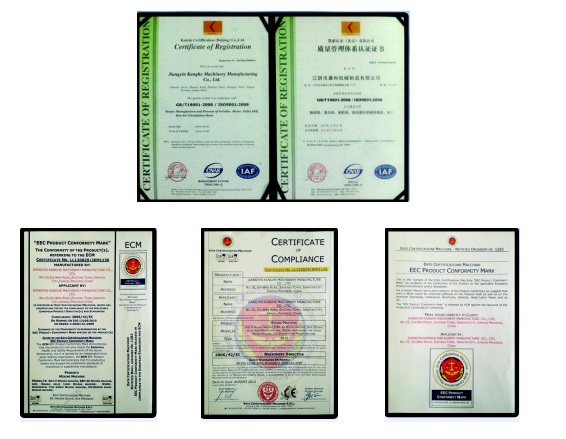
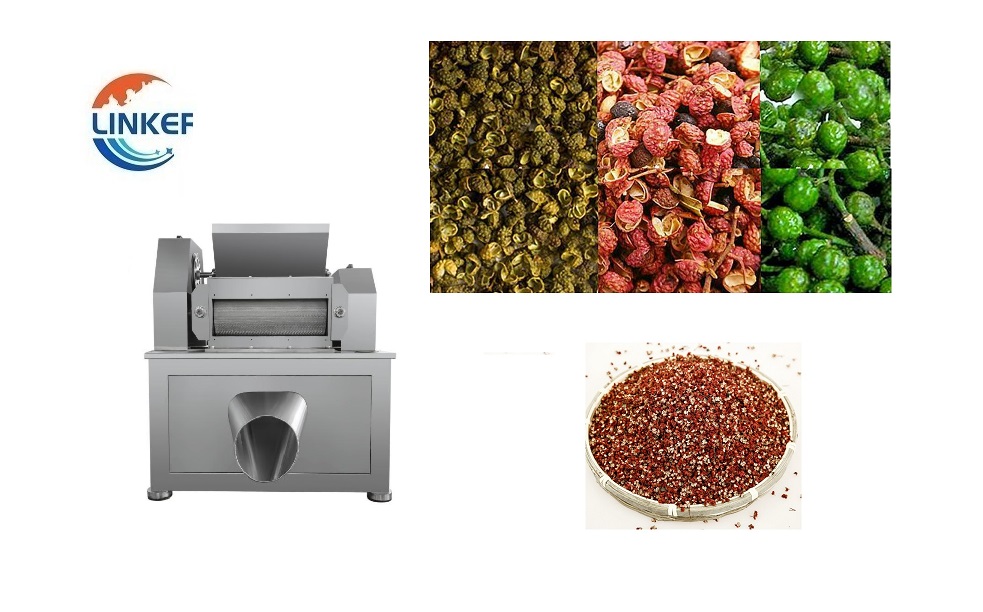
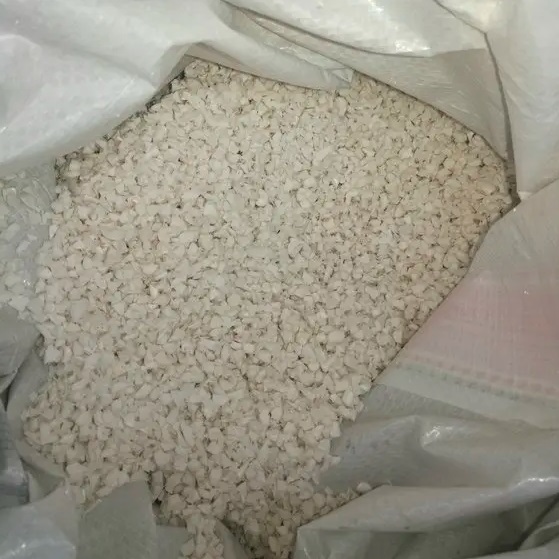
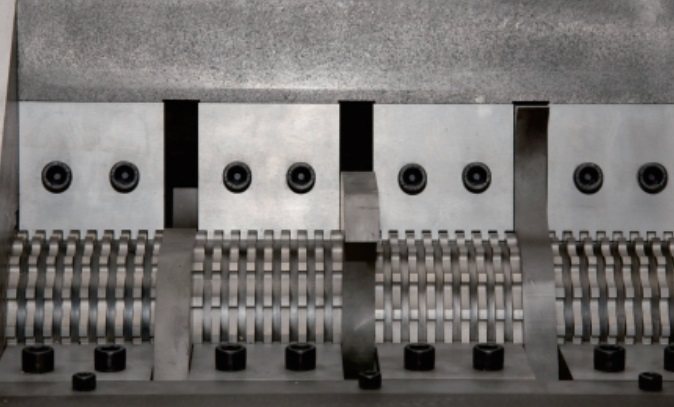
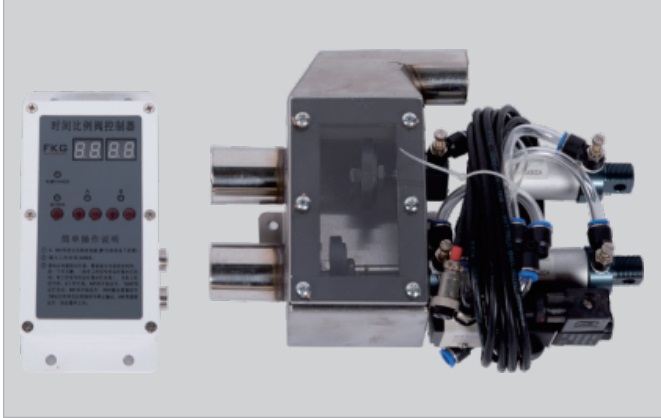
Electric Cabinet with UL Certification

Cyclone Processor and Motors:
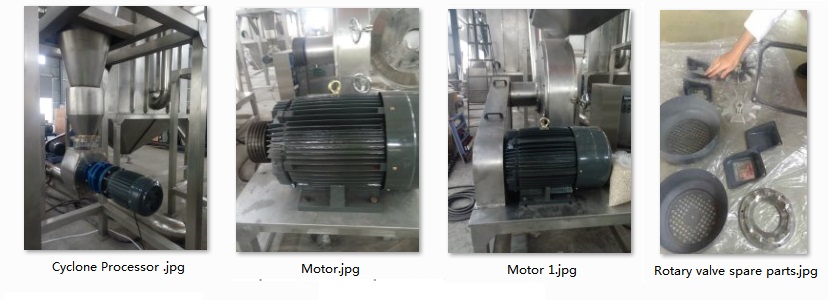
Spare Parts:
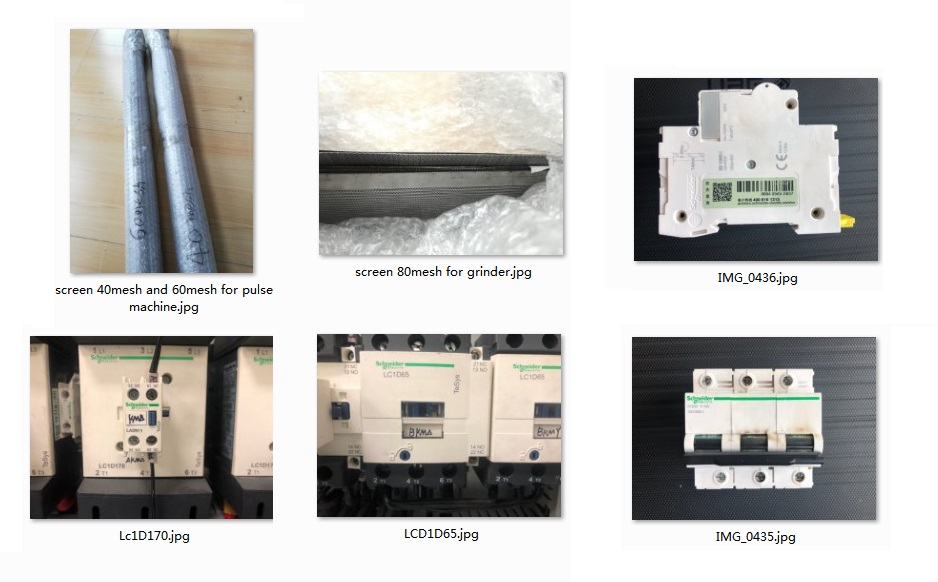
Small Machine Packing:
Small machine packed with export fumigation-free wooden cases, goes with bulk shipment or in container.
When packing small machines for sea shipment, it is important to take measures to ensure that the machines are protected from damage during transit. Here are some general steps that a manufacturer may follow when packing small machines for sea shipment:
- Clean and dry the machine: Before packing, the machine should be thoroughly cleaned and dried to prevent any moisture or debris from causing damage during transit.
- Disassemble the machine: If possible, the machine should be disassembled into its component parts to reduce its overall size and make it easier to pack.
- Wrap the machine in protective material: The machine should be wrapped in a layer of protective material, such as bubble wrap or foam, to protect it from scratches and impact during transit.
- Place the machine in a sturdy box: The wrapped machine should then be placed in a sturdy box that is appropriate for the size and weight of the machine. The box should be made of durable material, such as corrugated cardboard or plywood, and should be able to withstand the rigors of sea transit.
- Add packing material: The box should be filled with packing material, such as packing peanuts or air pillows, to provide cushioning and prevent the machine from shifting during transit.
- Seal the box: The box should be securely sealed with high-quality packing tape to prevent it from opening during transit.
- Label the box: The box should be clearly labeled with the machine’s name, weight, and any other relevant information, as well as the destination address and contact information.
Overall, the goal is to pack the small machine in a way that will protect it from damage during transit and ensure that it arrives at its destination in good condition. It is important to follow proper packing procedures and use high-quality packing materials to minimize the risk of damage during sea shipment.
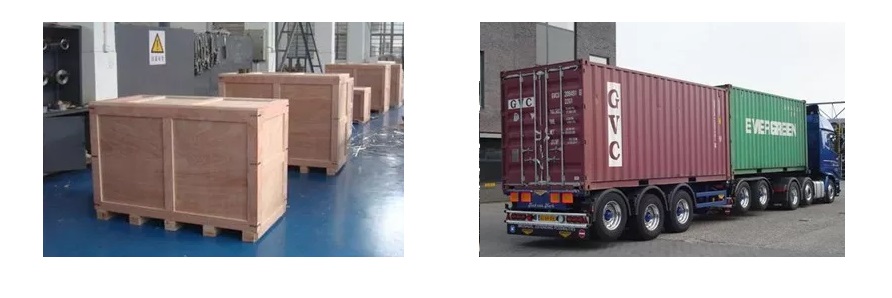
Large Machine Packing:
Packing a large machine for sea shipment can be a complex and challenging task. However, with careful planning and attention to detail, it is possible to pack a large machine for sea shipment in a way that will ensure that it arrives at its destination in good condition. Here are some general steps that a manufacturer may follow when packing up a large machine for sea shipment:
- Clean and prepare the machine: Before packing, the machine should be thoroughly cleaned and prepared. All fluids, such as oil or coolant, should be drained, and any loose or detachable parts should be removed.
- Disassemble the machine: If possible, the machine should be disassembled into its component parts to reduce its overall size and make it easier to pack. Each part should be carefully labeled and numbered to ensure that it can be easily reassembled at the destination.
- Protect delicate parts: Delicate or fragile parts should be wrapped in protective material, such as bubble wrap or foam, to protect them from damage during transit.
- Build a custom crate: A custom crate should be built around the machine to provide a secure and sturdy enclosure. The crate should be made of durable material, such as plywood, and should be designed to fit the machine snugly. The crate should also include braces or supports to prevent the machine from shifting during transit.
- Add cushioning material: The crate should be filled with cushioning material, such as packing peanuts or air pillows, to provide extra protection and prevent the machine from moving or shifting during transit.
- Securely fasten the machine: The machine should be securely fastened to the crate to prevent it from moving or shifting during transit. This may involve using straps, bolts, or other fasteners to hold the machine in place.
- Seal and label the crate: The crate should be securely sealed with high-quality packing tape, and should be clearly labeled with the machine’s name, weight, and any other relevant information. The destination address and contact information should also be clearly marked on the crate.
Overall, packing a large machine for sea shipment requires careful planning and attention to detail. It is important to use high-quality materials and follow proper packing procedures to ensure that the machine arrives at its destination in good condition. A professional packing and shipping company may be consulted to ensure that the machine is properly packed and prepared for sea shipment.
Customer Side Machine Groups Showcase Videos:
Dust Collector Shipment
Shipment – Packing Method
Two Large Industrial Grinder Ready to Ship
Domestic Shipment Show Case:
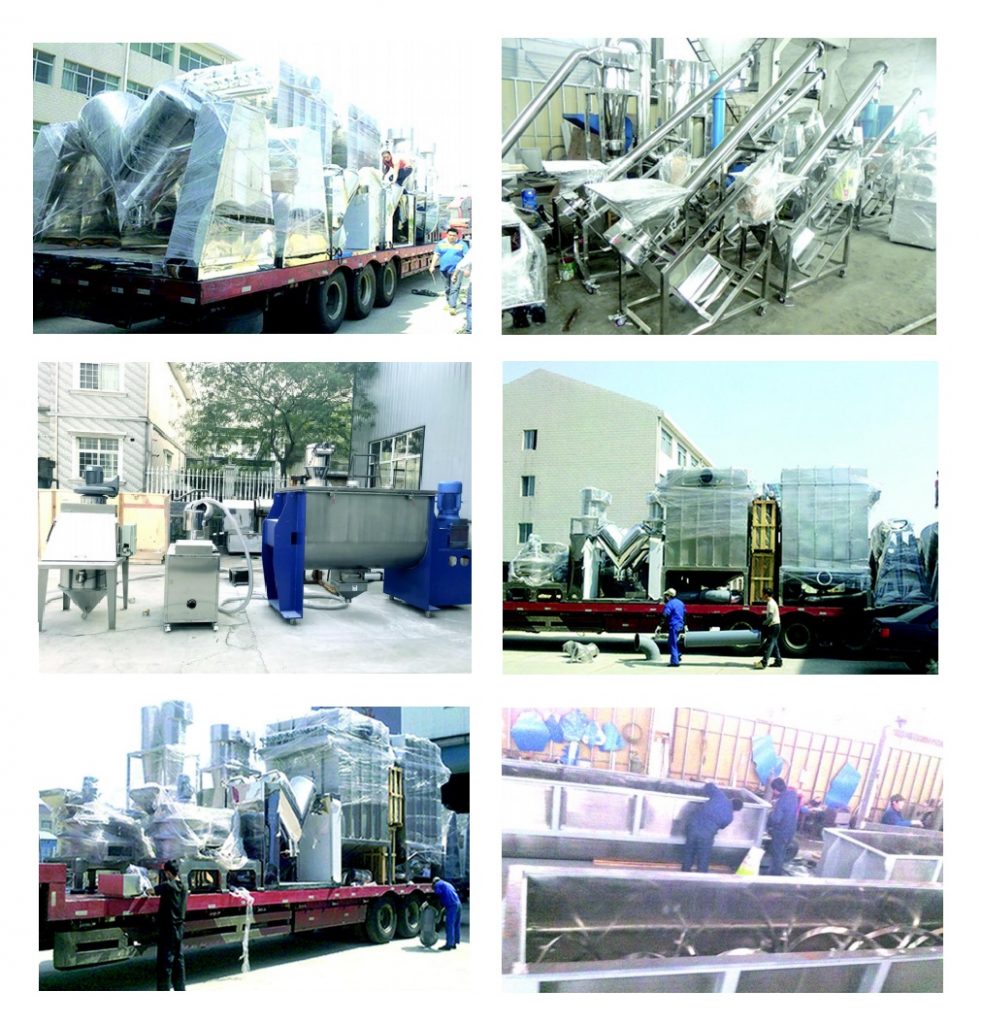
Operation Instruction
General Provisions
The operation instructions for a commercial grinder may vary depending on the specific model and manufacturer. However, here are some general guidelines that may apply to many high speed grinders:
- Safety precautions: Before operating the high speed grinder, it is important to review all safety precautions and warnings provided in the user manual. Safety precautions may include wearing appropriate personal protective equipment, such as eye protection and hearing protection, and avoiding loose clothing or jewelry that could become caught in the grinder.
- Preparation: The high speed grinder should be placed on a stable and level surface, and all necessary components should be assembled according to the manufacturer’s instructions. The grinder should also be connected to a power source that is appropriate for its voltage and wattage.
- Loading the grinder: The material to be ground should be loaded into the grinder according to the manufacturer’s instructions. Overloading the grinder may cause damage to the machine and result in poor grinding performance.
- Starting the grinder: The grinder should be started according to the manufacturer’s instructions. This may involve pressing a button, turning a dial, or flipping a switch. The user should ensure that their hands are clear of the grinder and that the material to be ground is positioned properly.
- Adjusting the speed and settings: The speed and other settings of the high speed grinder may be adjusted according to the material being ground and the desired outcome. The user should follow the manufacturer’s instructions for making adjustments to the grinder.
- Monitoring the grinding process: The user should monitor the grinding process to ensure that it is progressing smoothly and that the material is being ground to the desired size and consistency. Any issues or abnormalities should be addressed promptly to prevent damage to the machine.
- Shutting down the grinder: When the grinding process is complete, the grinder should be shut down according to the manufacturer’s instructions. The user should ensure that the machine is completely stopped and that all moving parts have come to a complete stop before attempting to clean or service the grinder.
Overall, the operation instructions for a commercial grinder may involve a number of steps and safety precautions. It is important to carefully review the manufacturer’s instructions and follow proper operating procedures to ensure safe and effective use of the machine.
Preparation Work
Before running a commercial grinder, there are several important preparation steps that should be taken to ensure safe and effective operation of the machine. Here are some general guidelines for preparing to run a high speed grinder:
- Read the user manual: The first step in preparing to run a high speed grinder is to carefully read the user manual provided by the manufacturer. The user manual will provide important information about the specific model of grinder being used, including its features, specifications, and safety precautions.
- Select the appropriate grinding wheel: The grinding wheel used in a high speed grinder should be selected based on the material being ground and the desired outcome. It is important to use the correct type of grinding wheel to prevent damage to the machine and ensure optimal grinding performance.
- Inspect the grinder: Before running the grinder, it is important to inspect it for any signs of damage or wear. The user should check for loose or missing components, cracks or other signs of damage to the machine’s housing or other parts, and any other issues that could affect the grinder’s operation.
- Install the grinding wheel: The grinding wheel should be installed according to the manufacturer’s instructions, making sure that it is securely fastened and aligned properly. The user should also check the wheel for any cracks or other signs of damage before installation.
- Secure the workpiece: The workpiece to be ground should be securely clamped or held in place before starting the grinder. This will help to ensure safe and effective operation and prevent the workpiece from becoming dislodged or damaged during grinding.
- Connect the power source: The high speed grinder should be connected to a power source that is appropriate for its voltage and wattage. It is important to use a properly grounded power source to ensure safe and reliable operation of the machine.
- Test run: Before beginning actual grinding operations, it may be useful to perform a test run to ensure that the grinder is functioning properly and that the grinding wheel is aligned and balanced properly. The user should follow the manufacturer’s instructions for performing a test run.
By following these preparation steps, users can ensure safe and effective operation of a high speed grinder and achieve optimal grinding results.
Treatment of inspection
Inspection of a commercial grinder is an important maintenance procedure that helps ensure safe and effective operation of the machine. Here are some general guidelines for inspecting a high speed grinder:
- Disconnect power source: Before performing any inspection or maintenance on a high speed grinder, the power source should be disconnected to prevent accidental startup.
- Check for wear and damage: The user should inspect the grinder for any signs of wear or damage, such as cracks in the housing, worn or damaged grinding wheels, or loose or missing parts. Any issues should be addressed promptly to prevent further damage to the machine.
- Check alignment and balance of grinding wheel: The grinding wheel should be inspected for proper alignment and balance, as these factors can affect the quality of the grinding operation. If the grinding wheel is not properly aligned or balanced, it should be adjusted or replaced as necessary.
- Check for proper lubrication: The high speed grinder should be inspected for proper lubrication, as inadequate lubrication can cause excessive wear and damage to the machine’s moving parts. The user should follow the manufacturer’s instructions for lubrication, and add lubricant as necessary.
- Inspect electrical components: The electrical components of the high speed grinder, including the wiring, switches, and control panel, should be inspected for any signs of wear, damage, or loose connections. Any issues should be addressed promptly to prevent electrical problems.
- Test run: After completing the inspection, it may be useful to perform a test run of the high speed grinder to ensure that it is functioning properly and that any issues have been addressed.
By following these inspection guidelines, users can help ensure safe and effective operation of a high speed grinder and minimize the risk of damage or injury during grinding operations.
Operation Attention
Running a commercial grinder can be a dangerous operation if proper precautions are not taken. Here are some general guidelines for safe operation of a high speed grinder:
- Personal protective equipment: The user should wear appropriate personal protective equipment, such as safety glasses, hearing protection, and gloves, to prevent injury from flying debris, noise, and contact with the grinding wheel.
- Secure workpiece: The workpiece being ground should be securely clamped or held in place to prevent it from becoming dislodged during grinding.
- Use proper grinding wheel: The user should select the appropriate grinding wheel for the material being ground and ensure that it is installed correctly and securely. The grinding wheel should be inspected for cracks or other damage before use.
- Adjust grinding wheel speed: The speed of the grinding wheel should be adjusted according to the manufacturer’s instructions to ensure optimal grinding performance and prevent damage to the machine or workpiece.
- Avoid excessive pressure: The user should avoid applying excessive pressure to the grinding wheel, as this can cause the wheel to overheat and wear out more quickly.
- Avoid overheating: The high speed grinder should not be operated continuously for extended periods of time, as this can cause overheating and damage to the machine.
- Monitor grinding operation: The user should closely monitor the grinding operation to ensure that the workpiece is being ground properly and that the grinding wheel is functioning correctly.
- Disconnect power source: After completing grinding operations, the power source should be disconnected to prevent accidental startup.
By following these guidelines, users can operate a high speed grinder safely and effectively, and achieve optimal grinding results. It is important to follow the manufacturer’s instructions and all applicable safety regulations when operating any type of machinery.
Installation Layout:
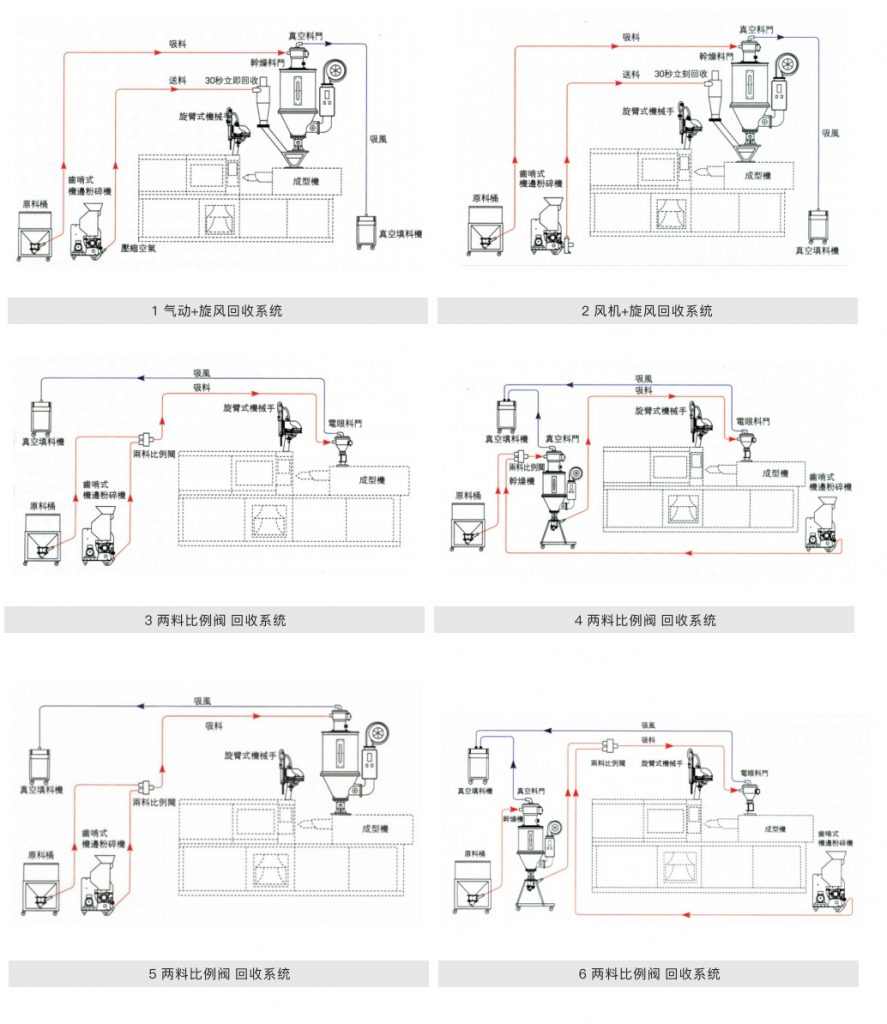
About LKMixer
LKMixer is a professional manufacturer for fertilizer production line, grinder, mixer and granulator, shredder. These machines are widely used in food, pharmaceutical, cosmetic, health care products and chemical industries. The Food materials like Peanut, mushroom, seeds, potato, bean, tobacco, salt, cannabis, tea, Sugar, corn, Coffee, rice, pepper, grain as so on. Grinders have many types such as Pulse Dust Grinder which suitable for zero pollution environment, Turbine Mill which is suitable for coffee bean, 12-120mesh all can meet, Ultrafine Grinding Mill covers 80-200mesh, and also Winnowing Dust Grinder or other grinding machines like SF Hammer. Welcome to contact us for details. Contact us for more information. Proposal, catalog, quotation. Mobile/WhatsApp: +86 18019763531 Tel: +86 21 66037855 Email: sales@lkmixer.com
Contact Us
Ampere of Motors Customization for Pepper Mill:
| KW | HP | Ampere |
| 75kw | 100HP | 135A |
| 55kw | 75HP | 99A |
| 30kw | 40HP | 54A |
| 22kw | 30HP | 39A |
| 2.2kw | 3HP | 3.9A |
| 1.5kw | 2HP | 2.7A |
Rice Grinder Youtube Video
FAQ(Click and See More)
Is there an automatic grinder?
Yes, there are many types of automatic grinders available in the market today. Automatic grinders are designed to operate without manual intervention and are used in a variety of industries, including food processing, pharmaceuticals, and manufacturing. These grinders are equipped with advanced technology and precision grinding techniques that ensure consistent results every time. Automatic grinders can be used to grind a variety of materials, including coffee beans, spices, herbs, grains, and meat. Some common types of automatic grinders include blade grinders, burr grinders, and commercial-grade grinders.
How does an electric grinder work?
An electric grinder is a type of grinding machine that uses an electric motor to power its grinding mechanism. The working principle of an electric grinder is relatively simple. When the machine is turned on, electricity flows through the motor, which rotates the grinding mechanism at high speeds. As the grinding mechanism rotates, it grinds and breaks down the material being fed into it.
The specific operation of an electric grinder can vary depending on the type of grinder being used. For example, a blade grinder uses a spinning blade to chop the material into small pieces, while a burr grinder uses a set of rotating burrs to crush the material into fine particles.
To use an electric grinder, you typically load the material to be ground into a hopper or container on top of the grinder. The machine is then turned on, and the material is fed into the grinding mechanism using a feeding tube or other similar method. The ground material is typically collected in a container or hopper located beneath the grinder.
Electric grinders offer several advantages over manual grinding methods. They are faster, more efficient, and require less physical effort than manual grinders. Additionally, electric grinders are often equipped with features such as adjustable grind settings and automatic shut-off timers, making them more versatile and convenient to use.
What is a plant grinder?
A plant grinder is a device used to grind and mill various plant materials, such as herbs, spices, grains, and seeds, into smaller particles or powders. These grinders can be manually operated or electrically powered, and they come in a variety of sizes and designs depending on the intended use and the type of material being ground.
Plant grinders are commonly used in the food and beverage industry to prepare ingredients for cooking and baking. They are also used in the pharmaceutical and chemical industries to process plant-based materials for medicinal or industrial purposes.
The specific features and capabilities of a plant grinder can vary depending on the model and manufacturer. Some plant grinders are equipped with adjustable grind settings, allowing users to control the particle size of the ground material. Others may be designed to handle large quantities of material at once or to grind materials with high oil or moisture content.
Overall, plant grinders are essential tools for anyone who needs to grind plant materials for cooking, processing, or other applications. They are widely available and come in a range of styles and sizes to suit various needs and budgets.

